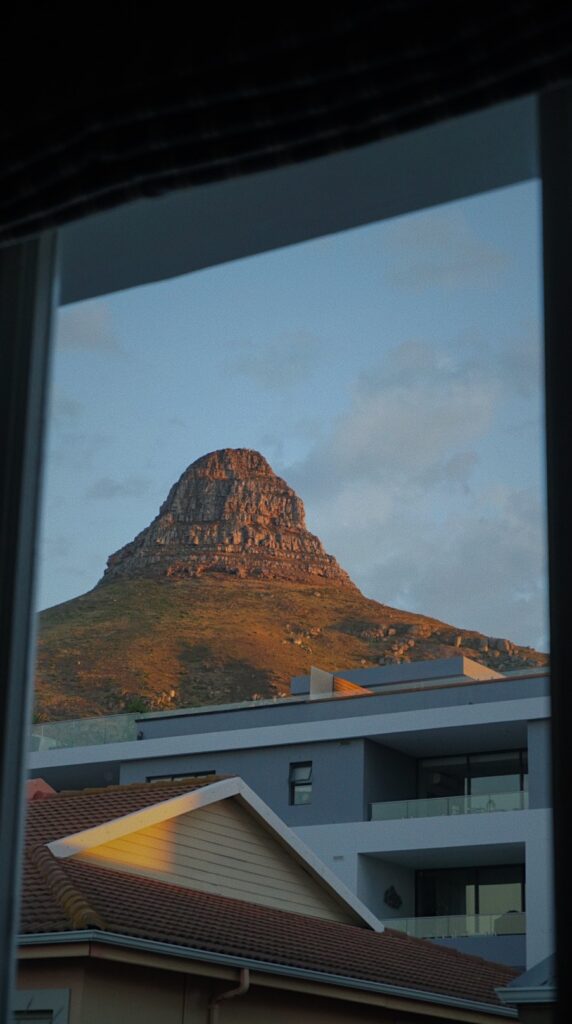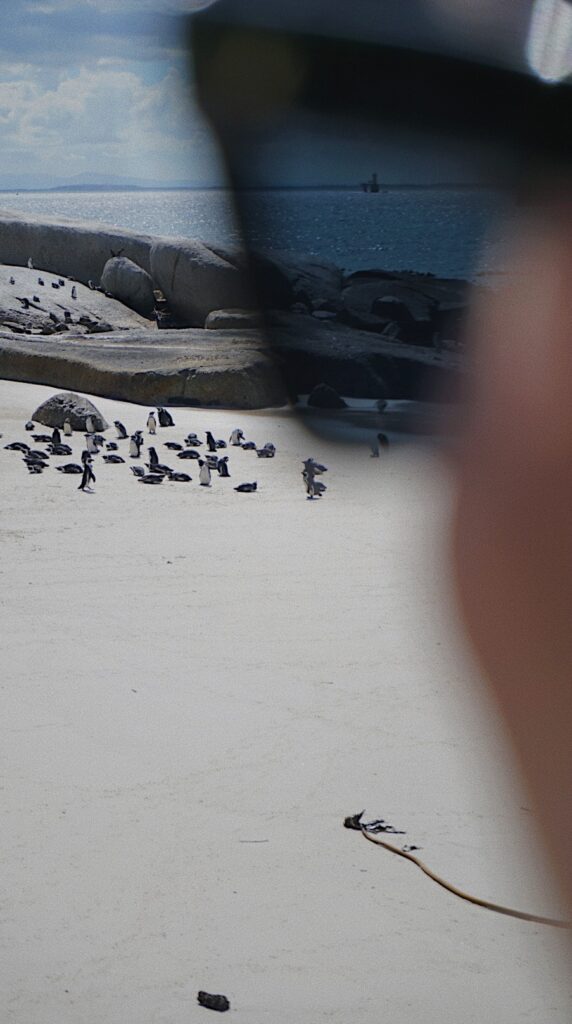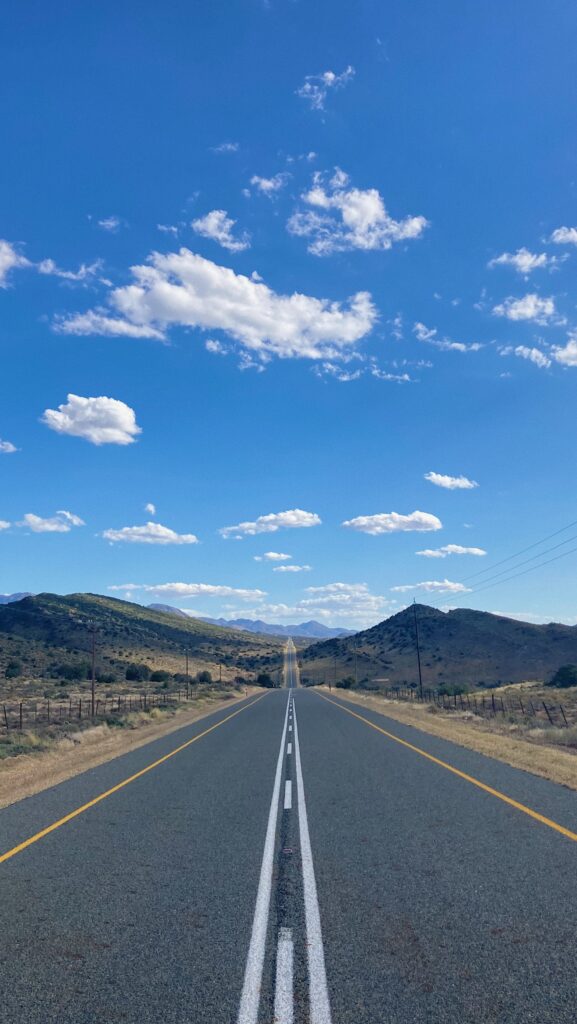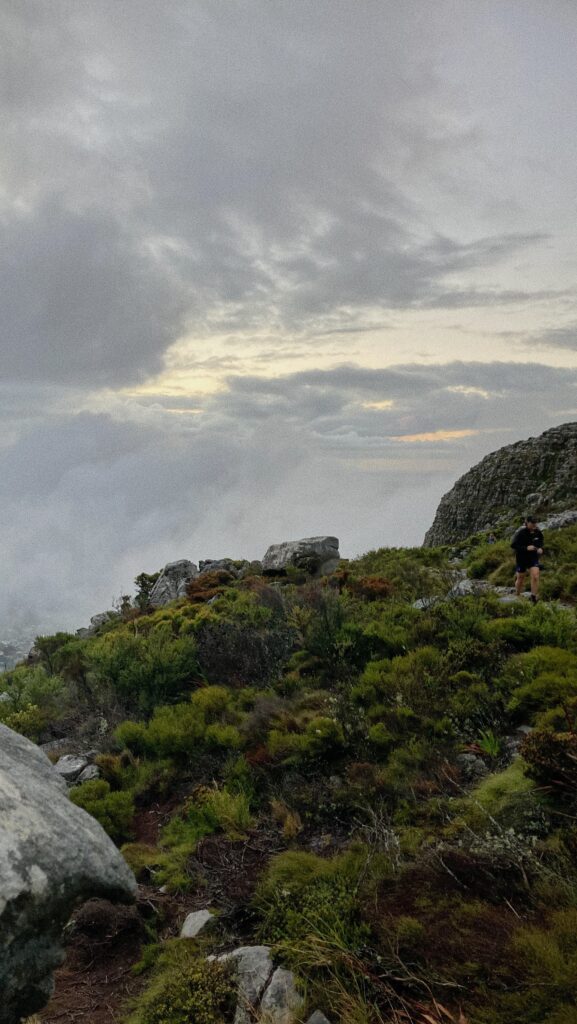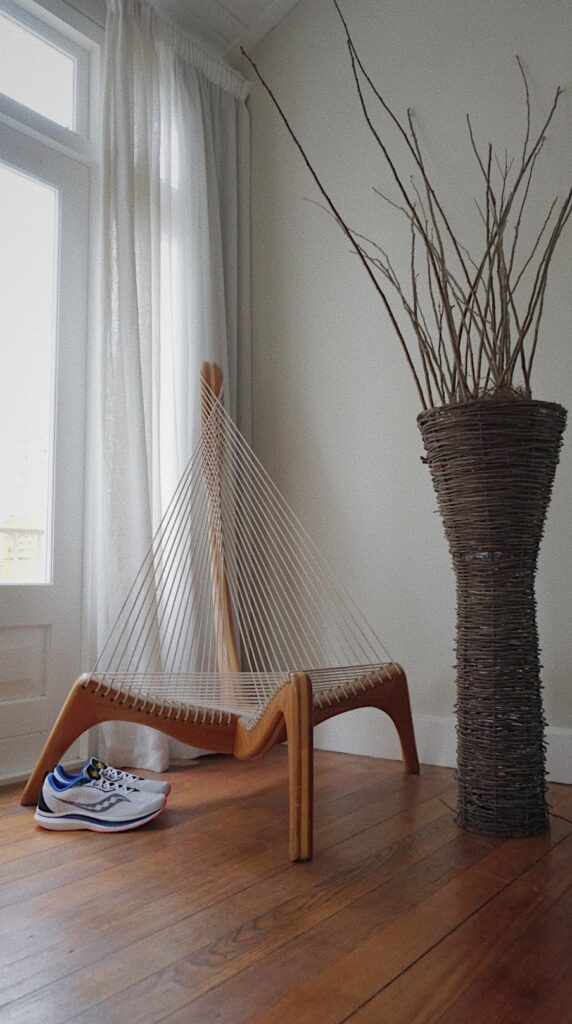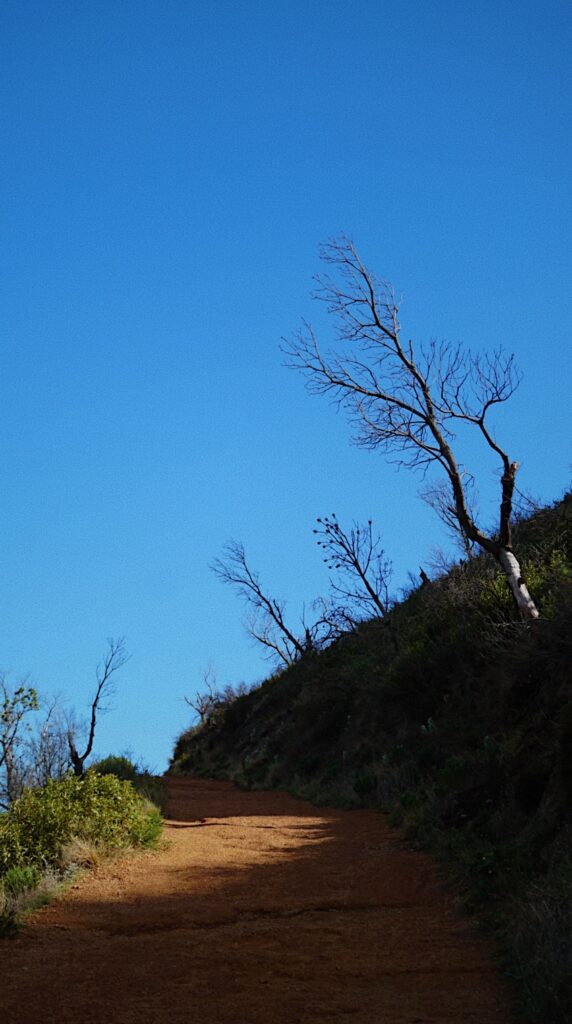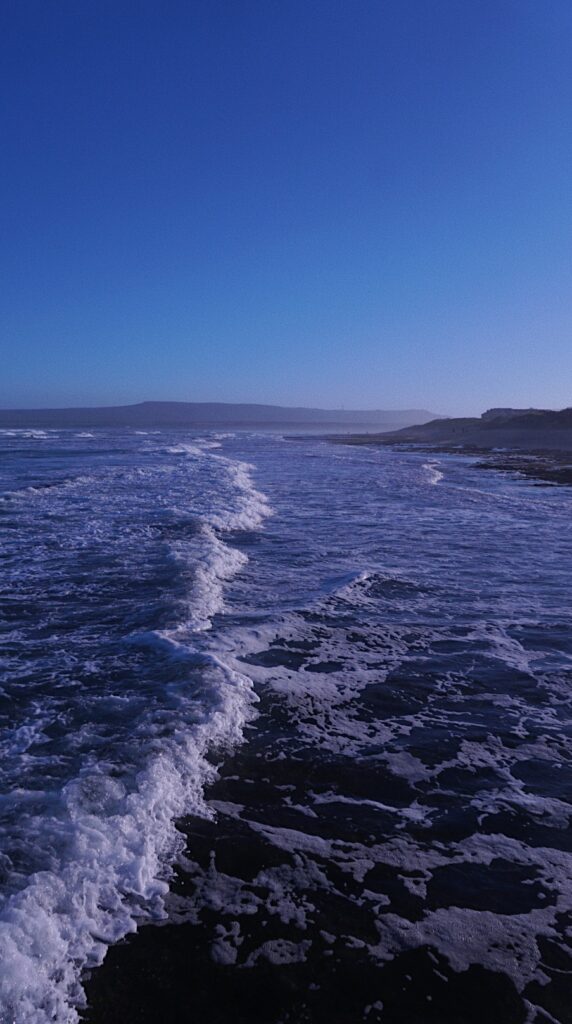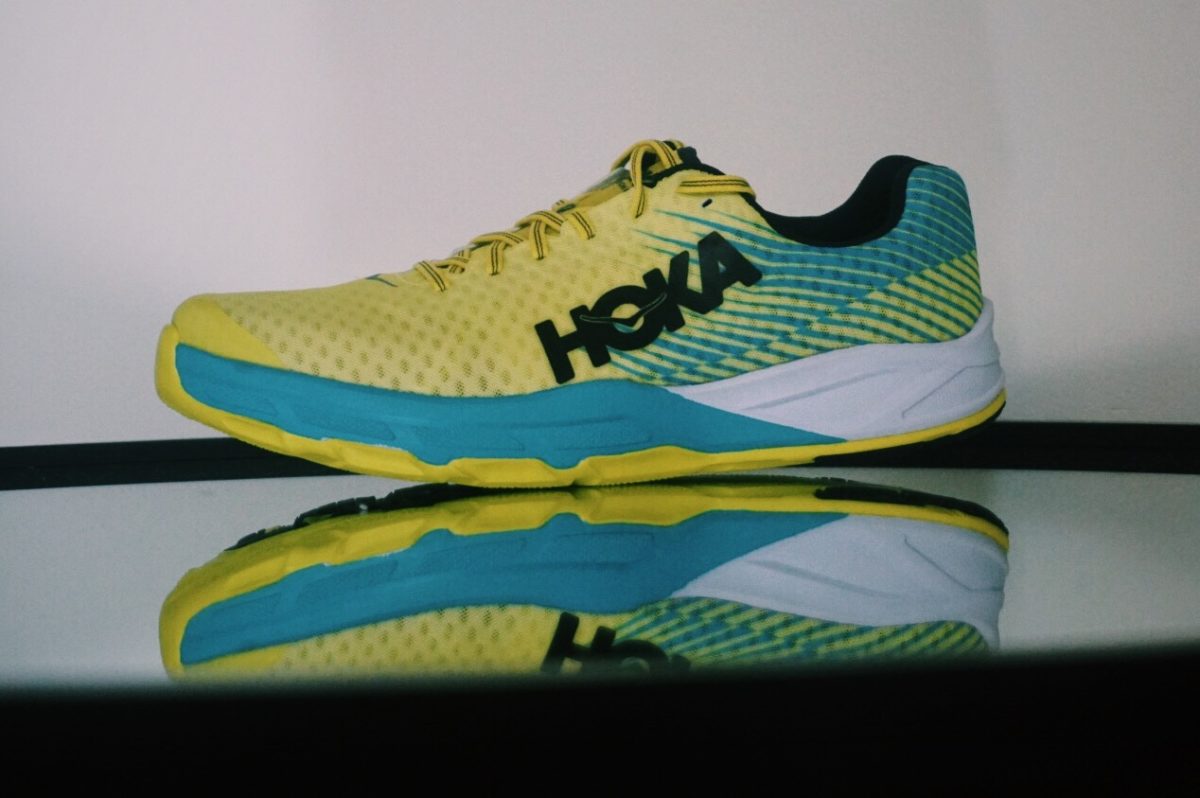Together with my family I spend the good part of April in South Africa. What a trip it has been.
Schlagwort: running shoes
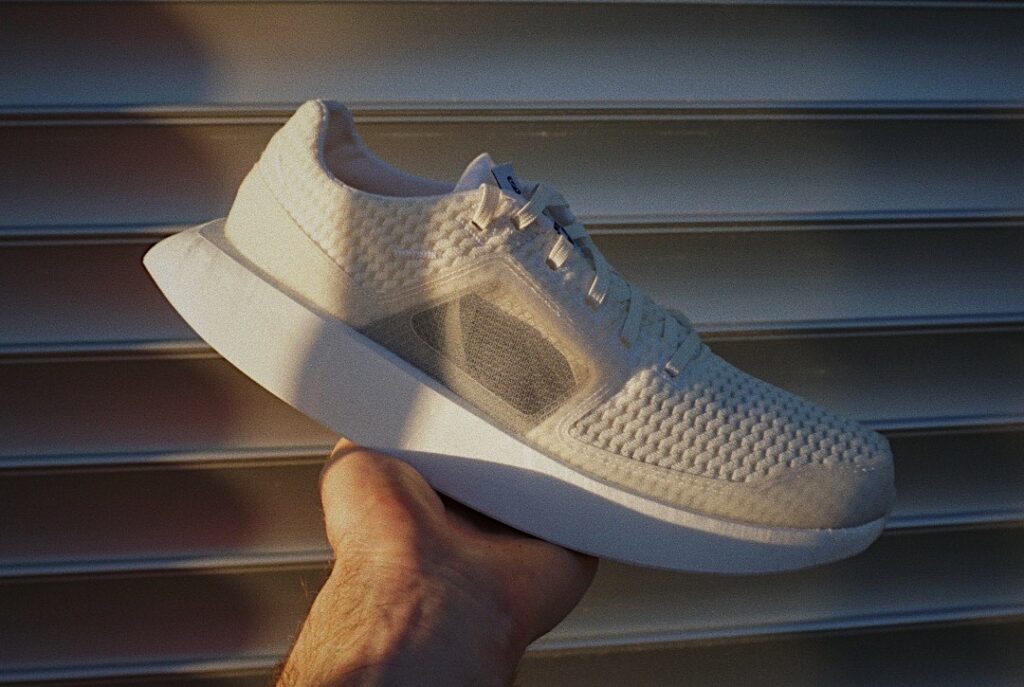
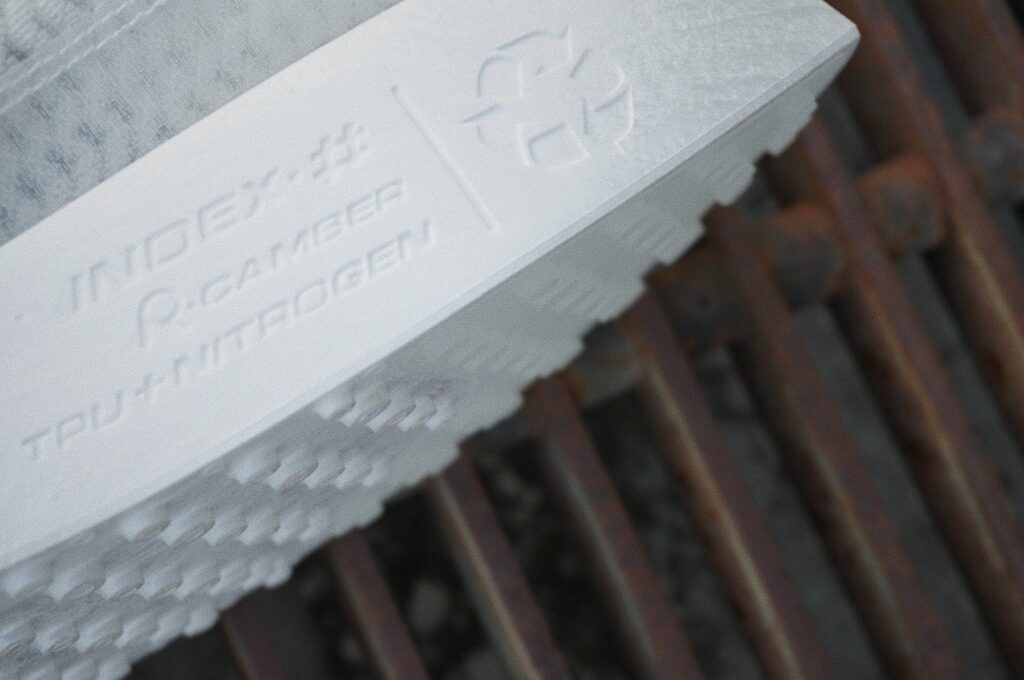
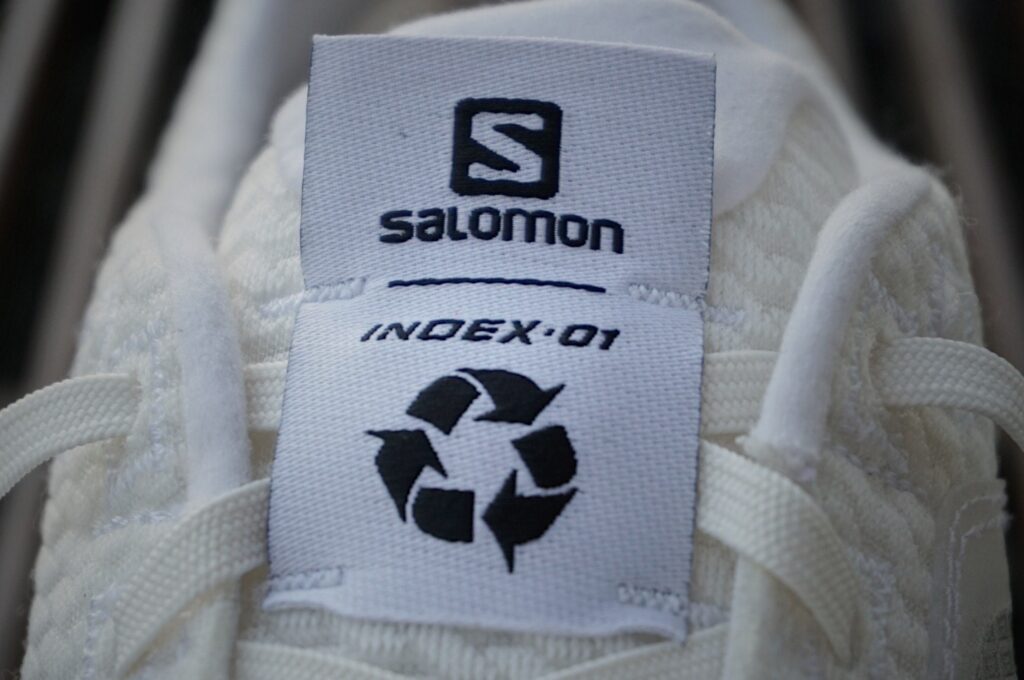
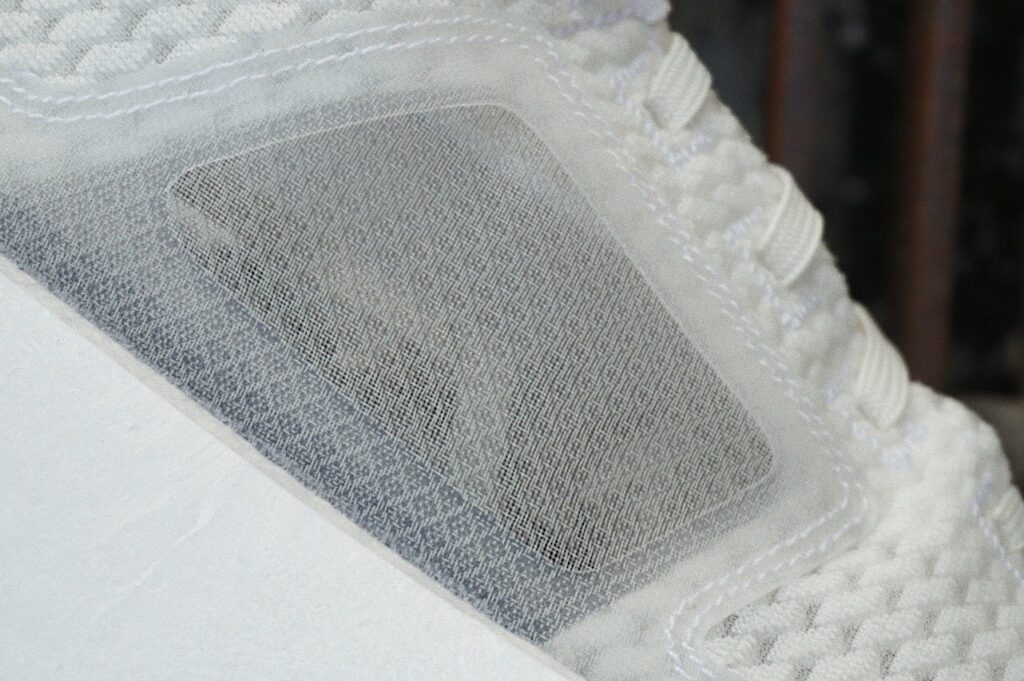
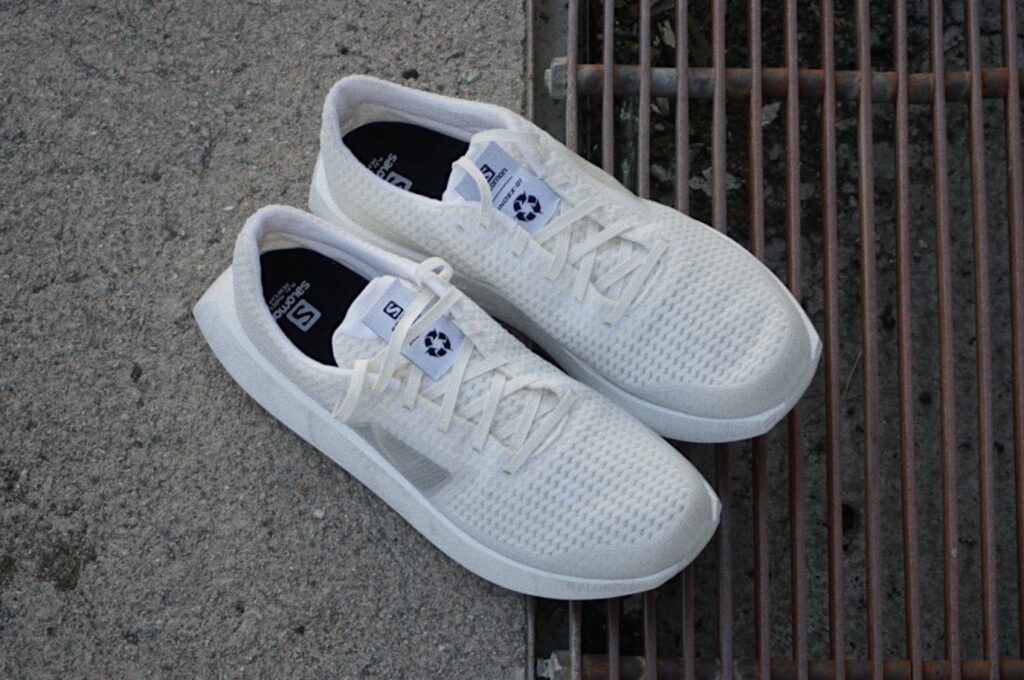
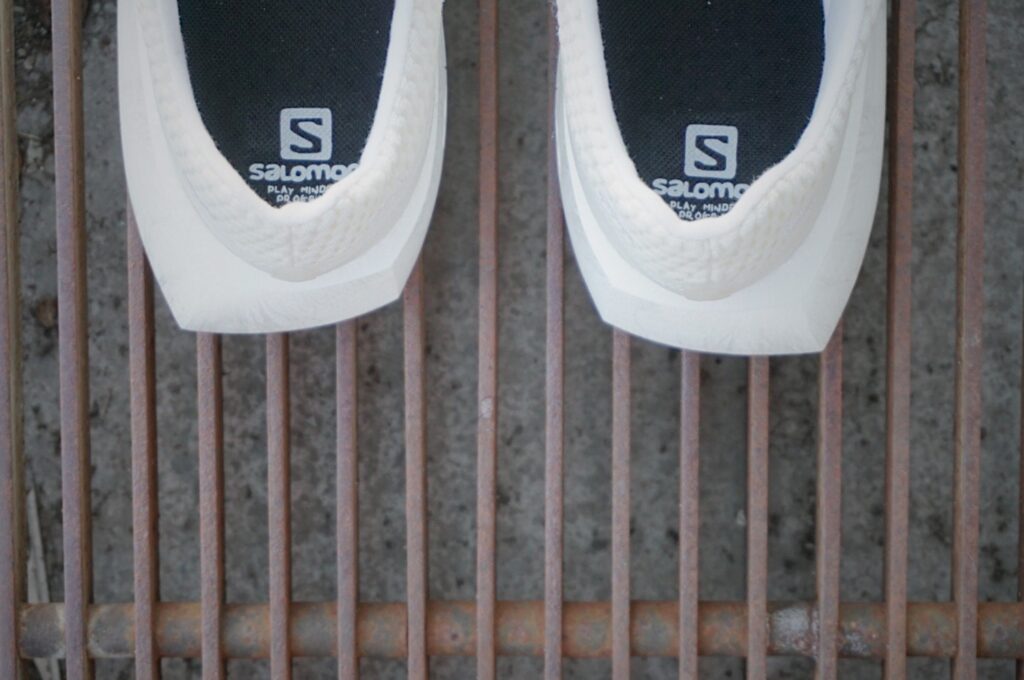
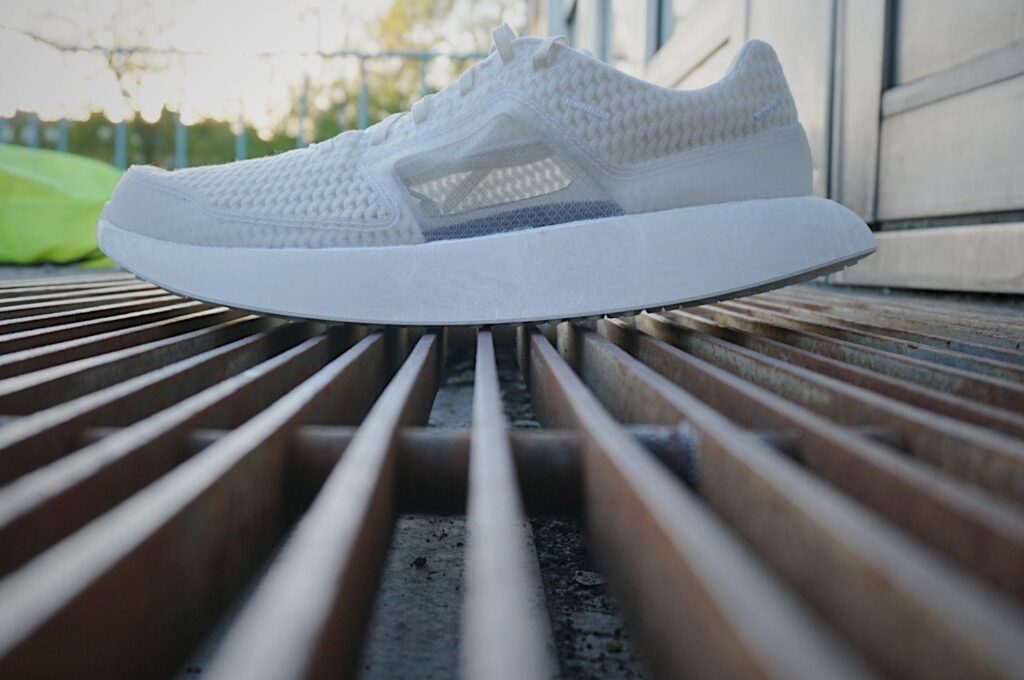
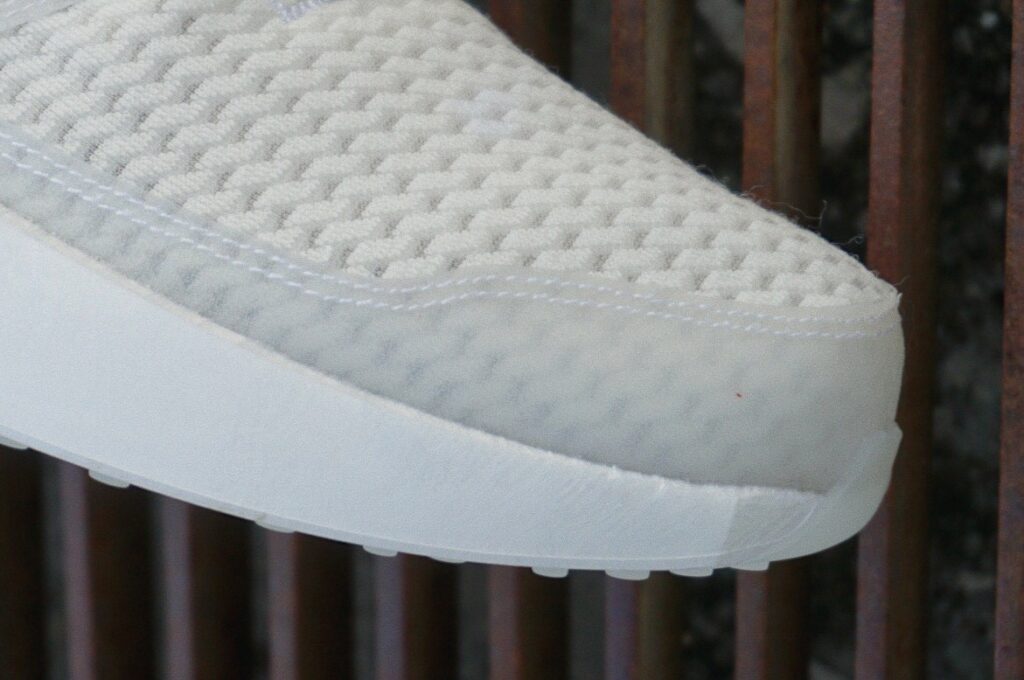
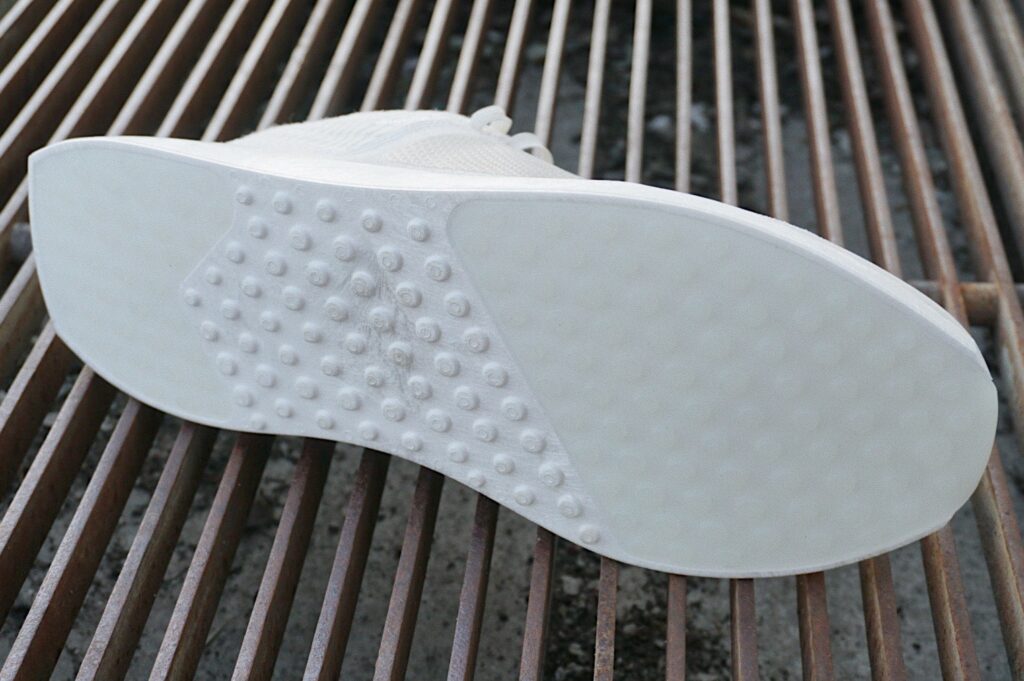
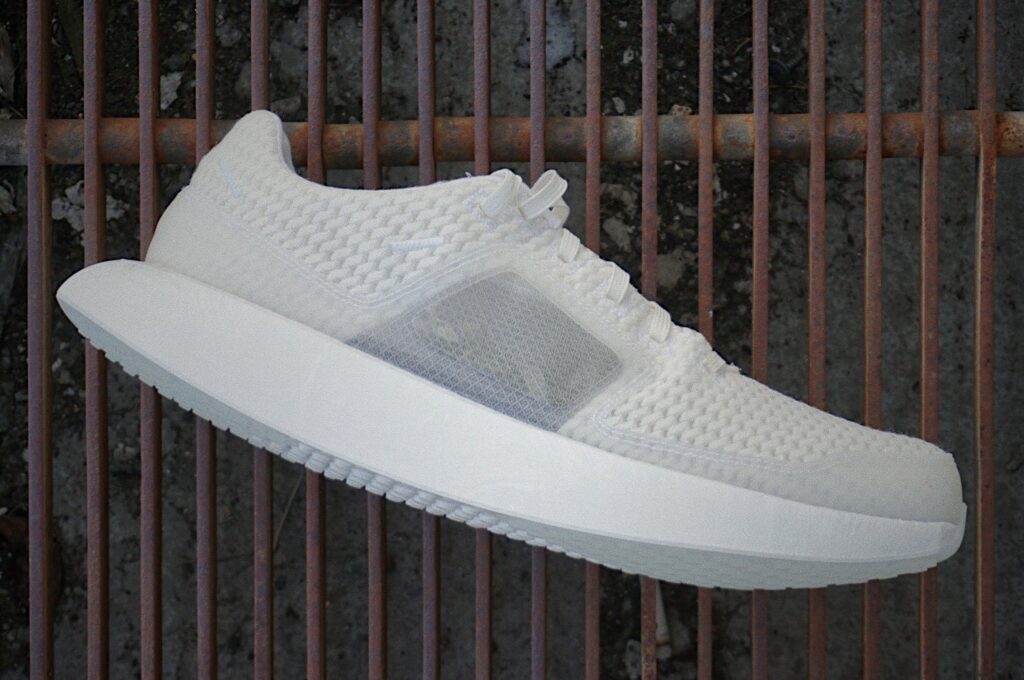
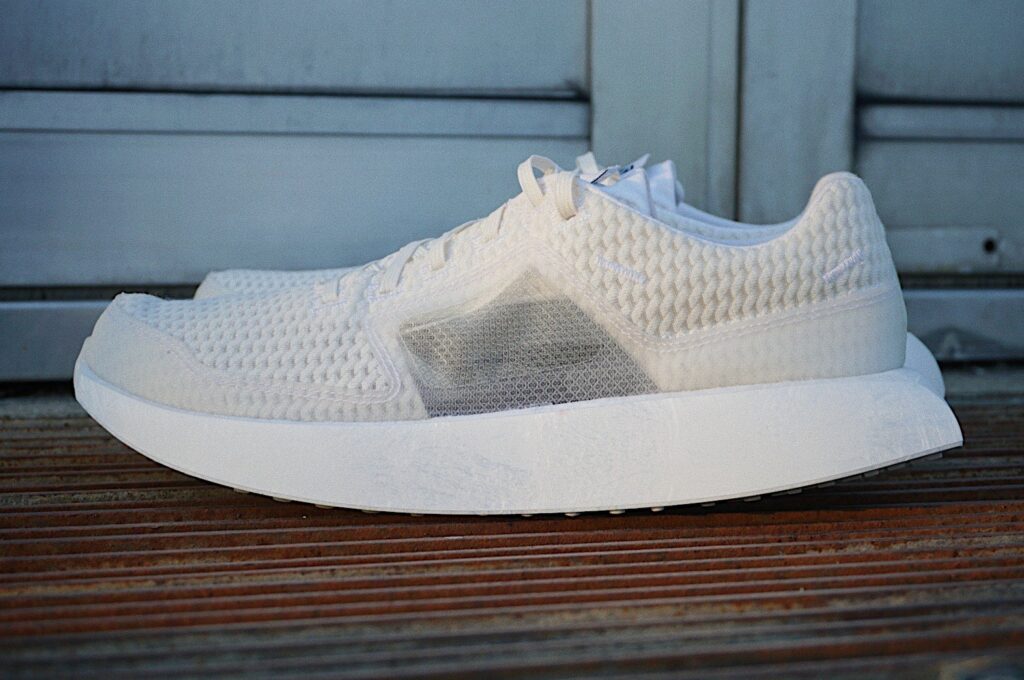
Movie of the day: Tony Martin – Qualen, Lehren, Perspektiven
Tune of the day: Anchorsong – Remedy
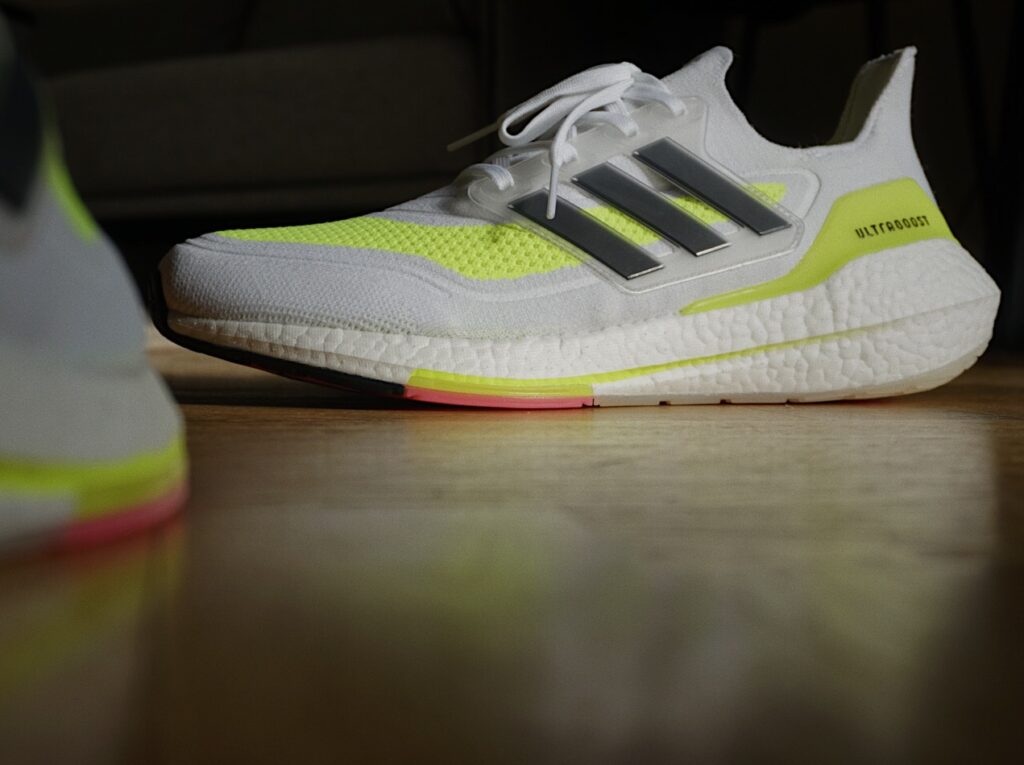
With the UltraBOOST series adidas has been surfing amid the so called “lifestyle” and “performance” segment. There are no two opinions about the look, that is for sure. Nonetheless we will concentrate on the performance part of things in this post.
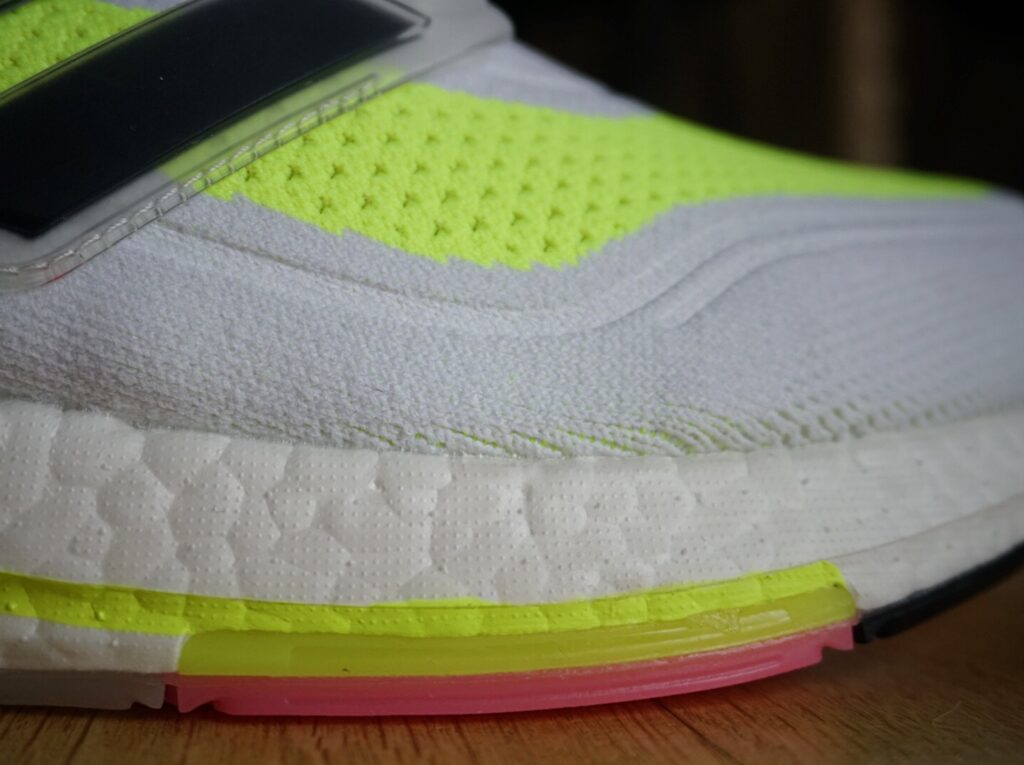
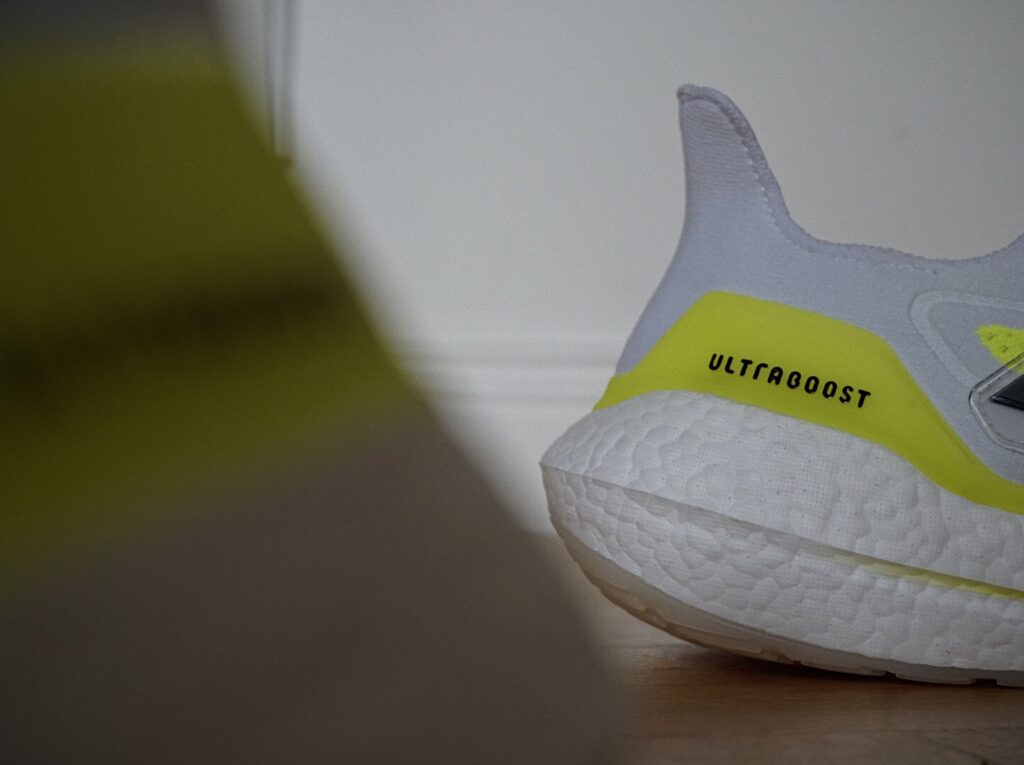
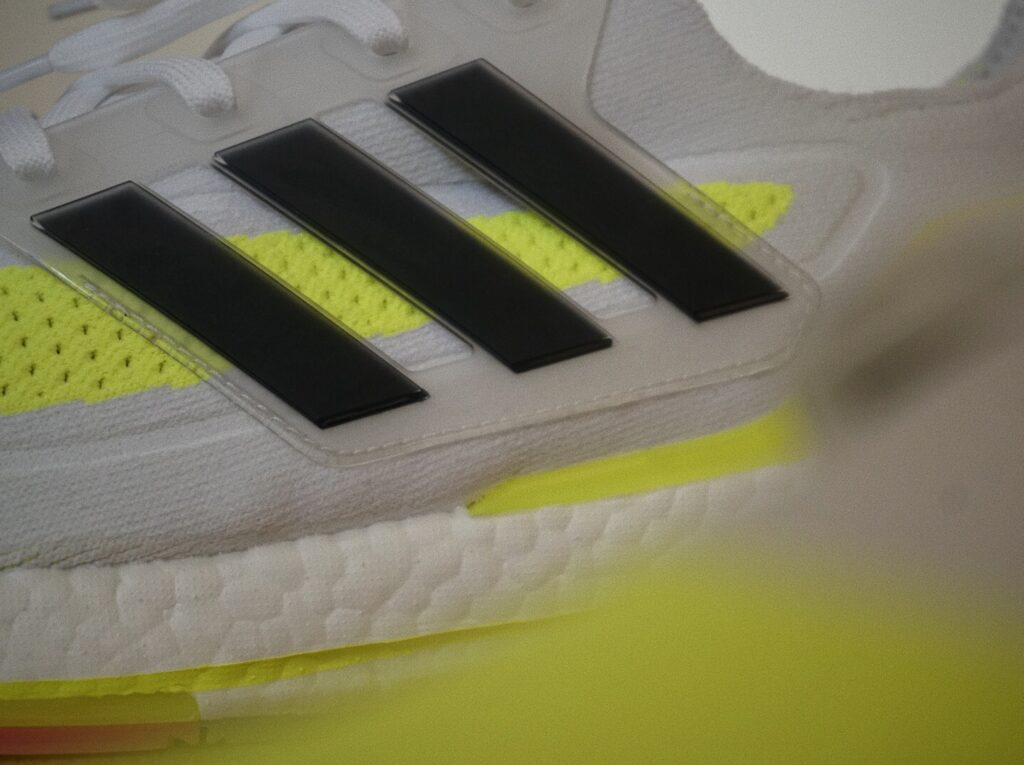
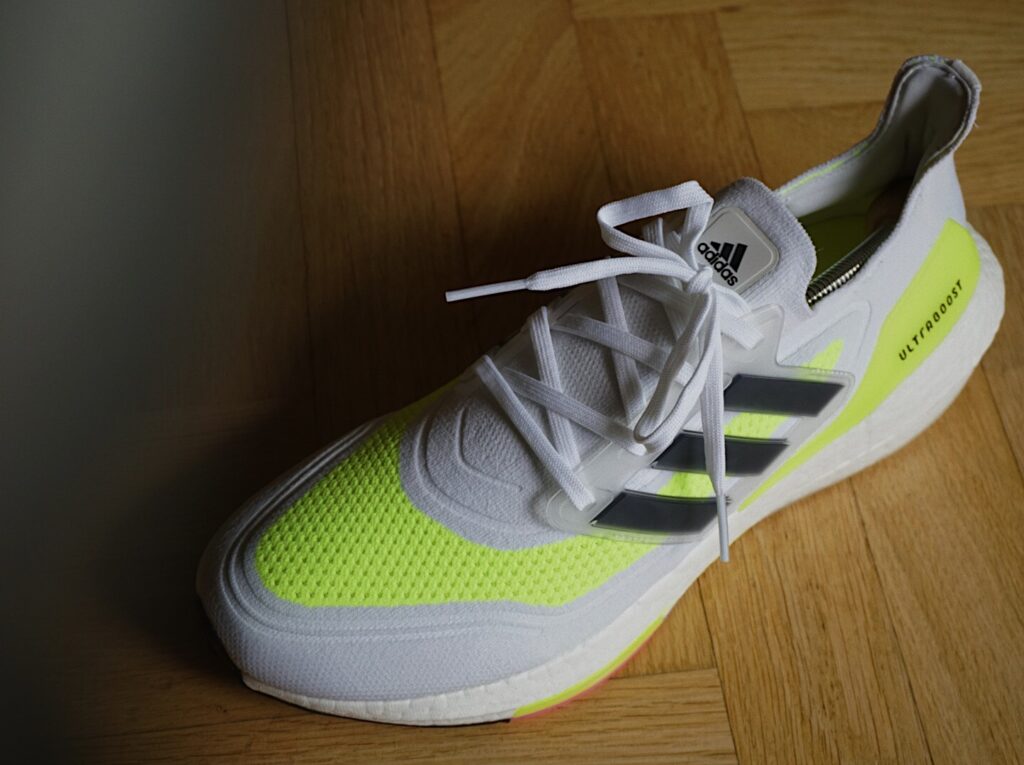
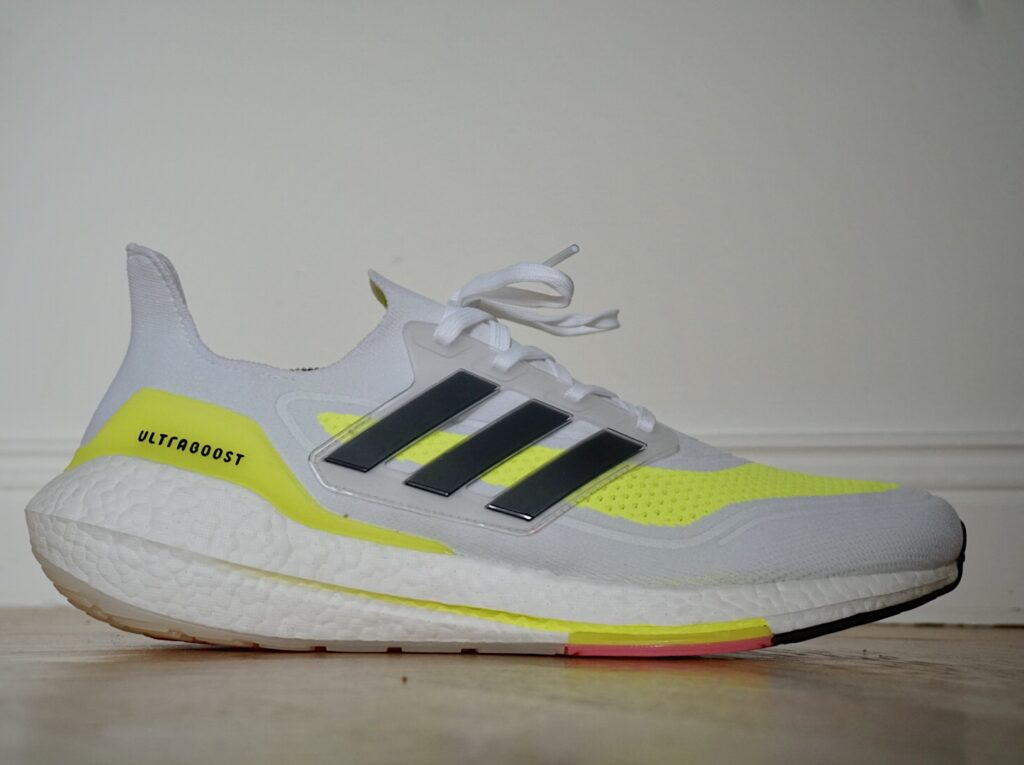
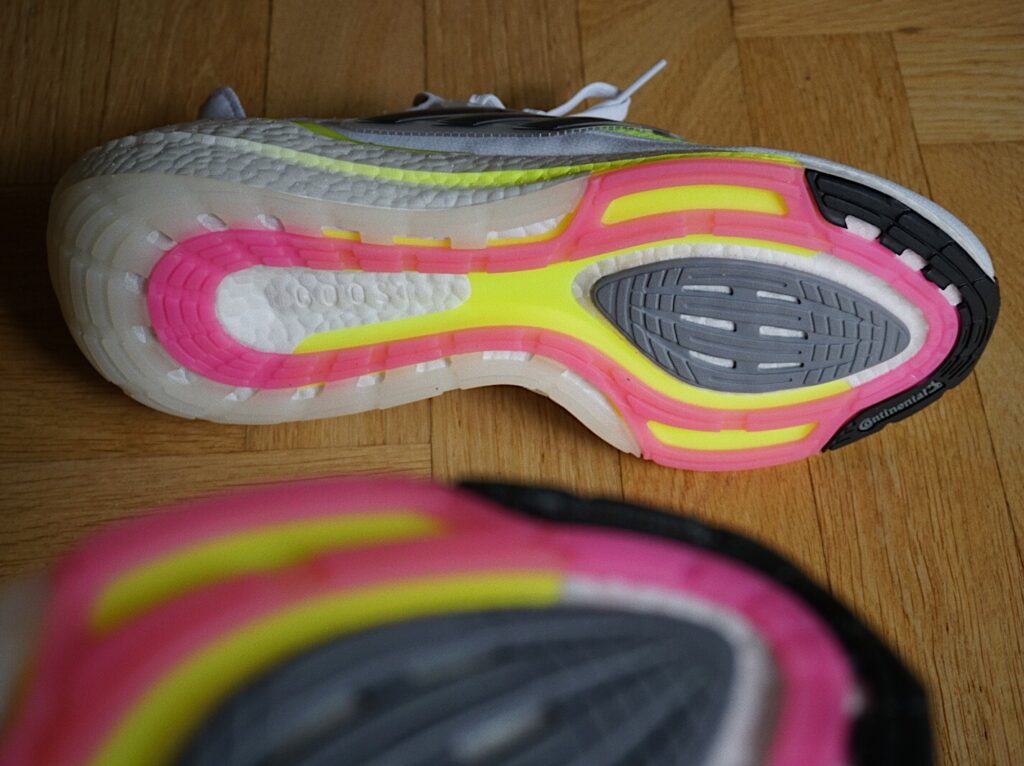

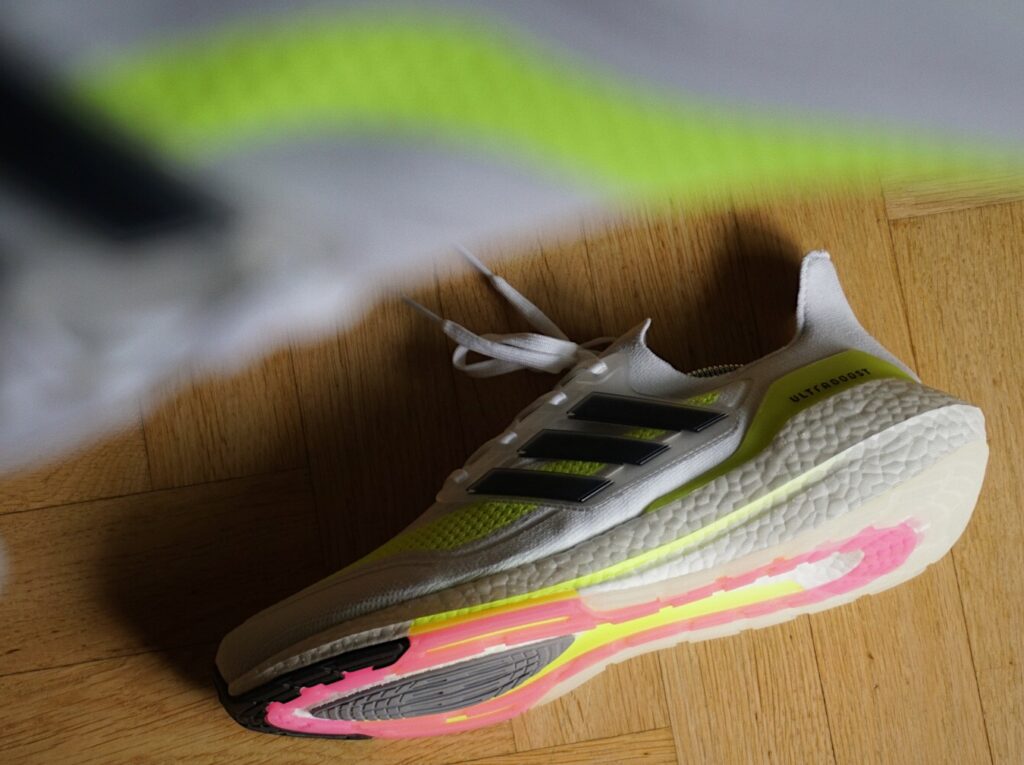
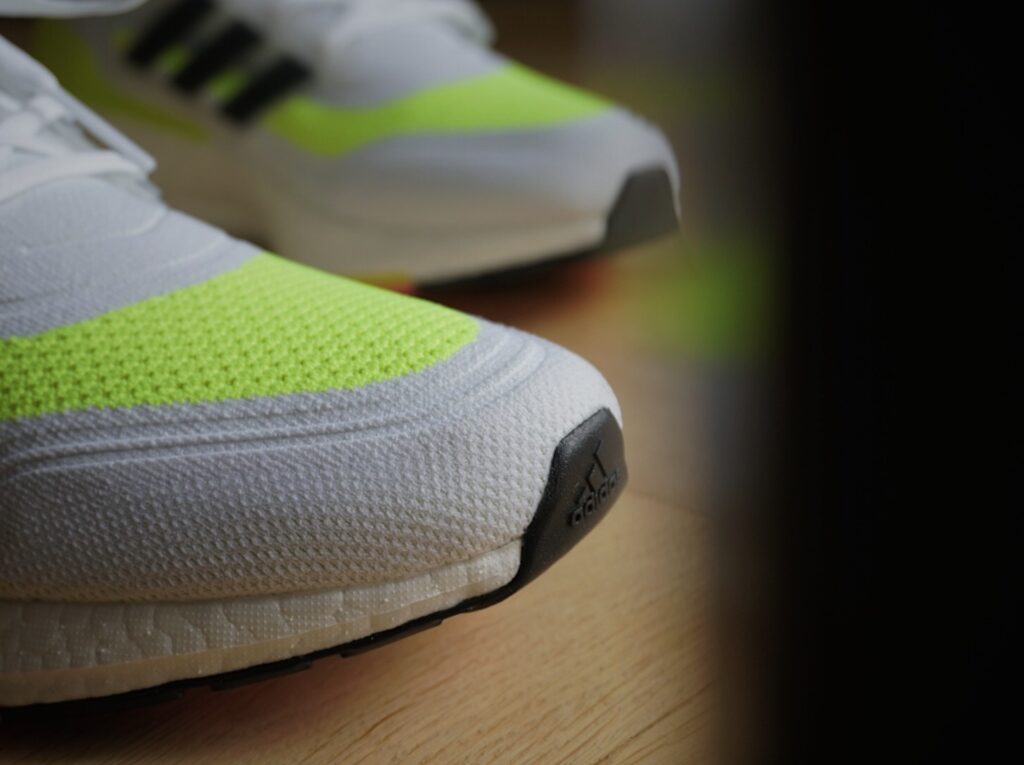
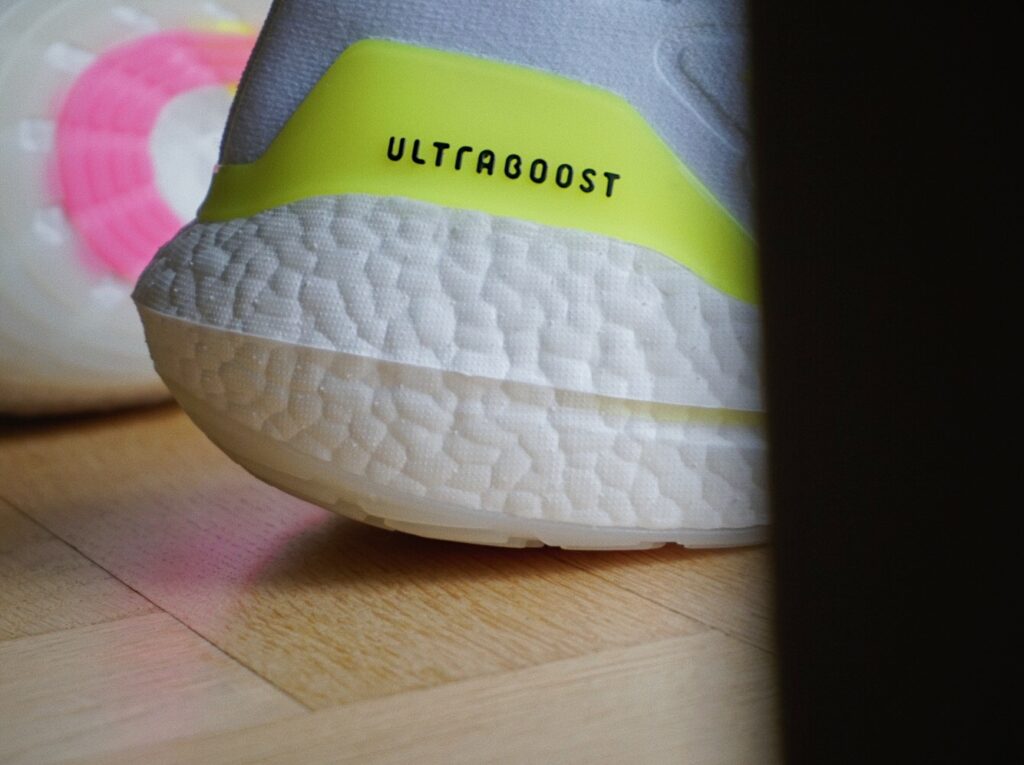
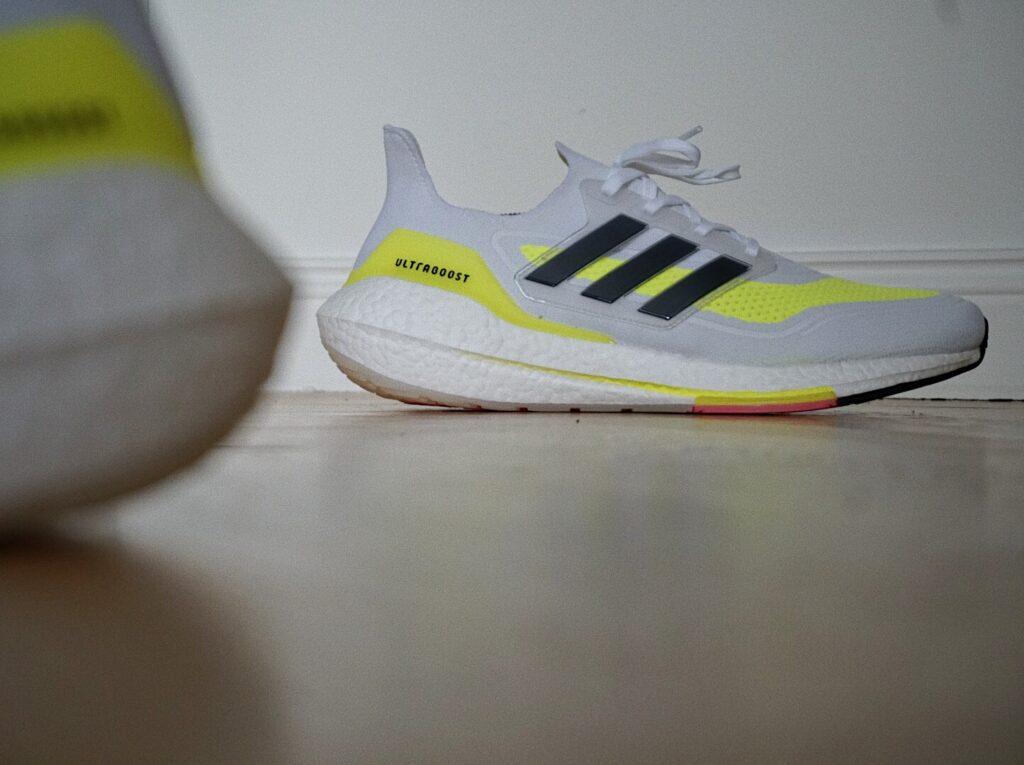
Tune of the day: Fred The Godson – Garcias
YouTube of the day: Kengo Suzuki’s 2:04:56 National Record to Win Final Lake Biwa Mainichi
Pod of the day: Tommy Hughes joins the Spring Snyggt Podcast (Start at 53 Minutes)
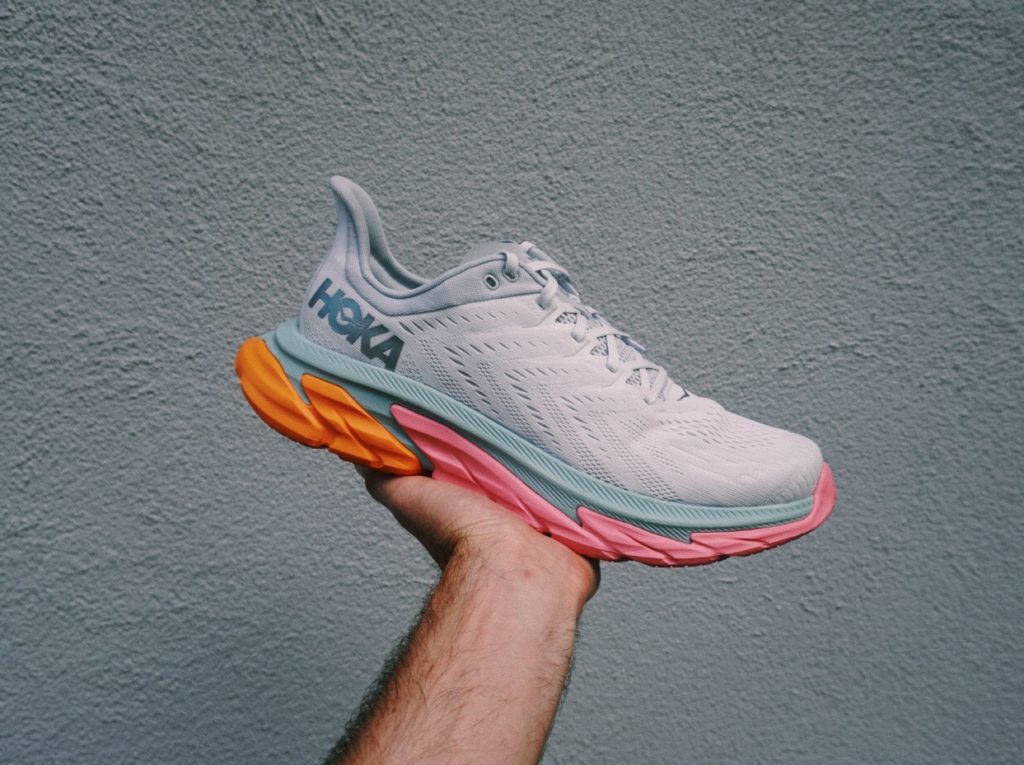
With the Clifton Edge the company remains to push its pioneering boundaries. After the trails, Hoka now takes on the roads with its cutting-edge resole geometry. A development history the company is known for.

Hoka One One pushes its lightweight road shoe unit even more with this trifling new adding that comes with more less the same heft as the preceding Clifton 6.
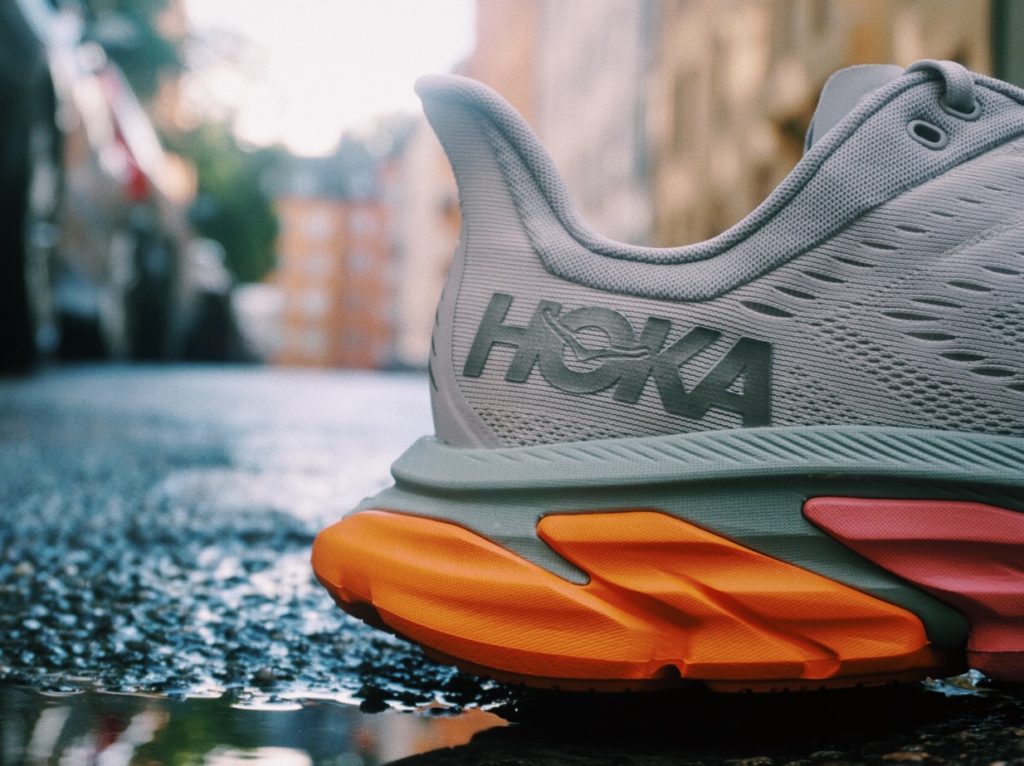
As a non-heel striker, a circumstance that I cannot really access. However I used The Edge during some hill repeats and the big surprise to me was not the energetic uphill ride (which I’m describing later..) it was the super relaxed downhill jogging that pleased my beaten up limbs.
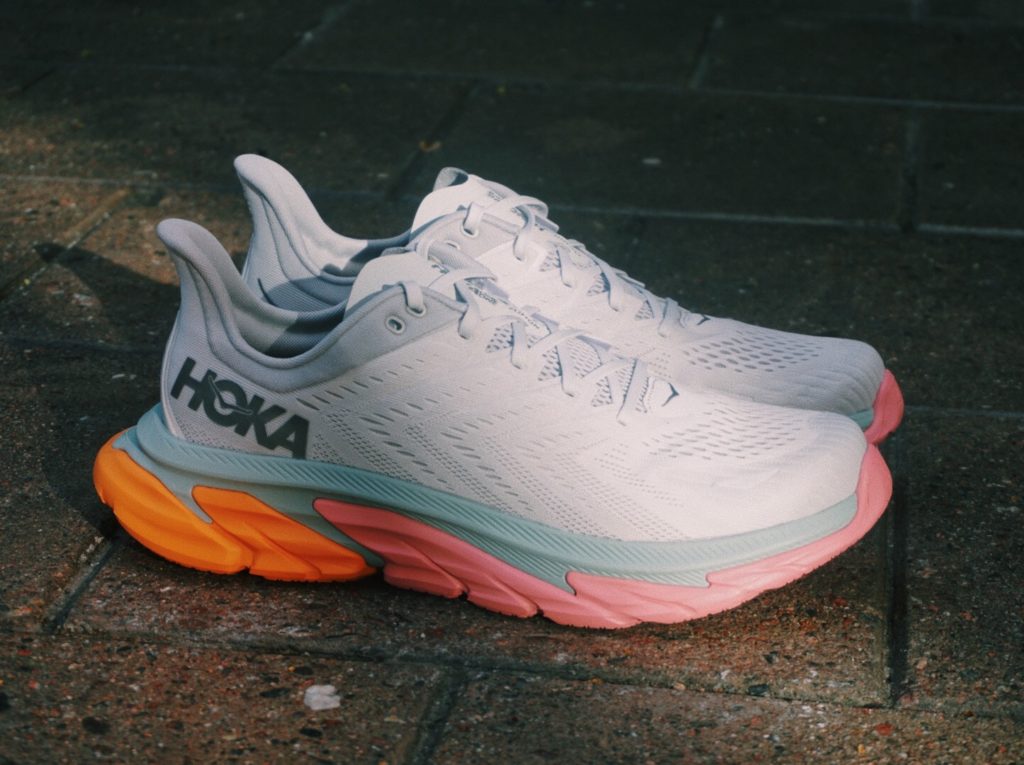
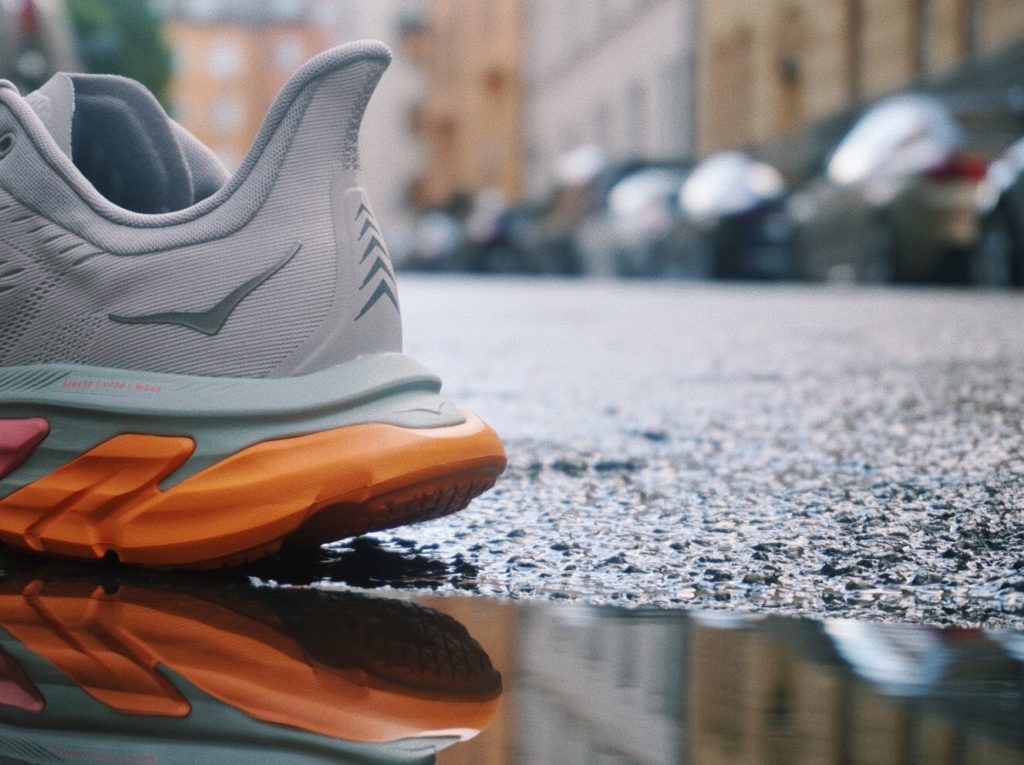
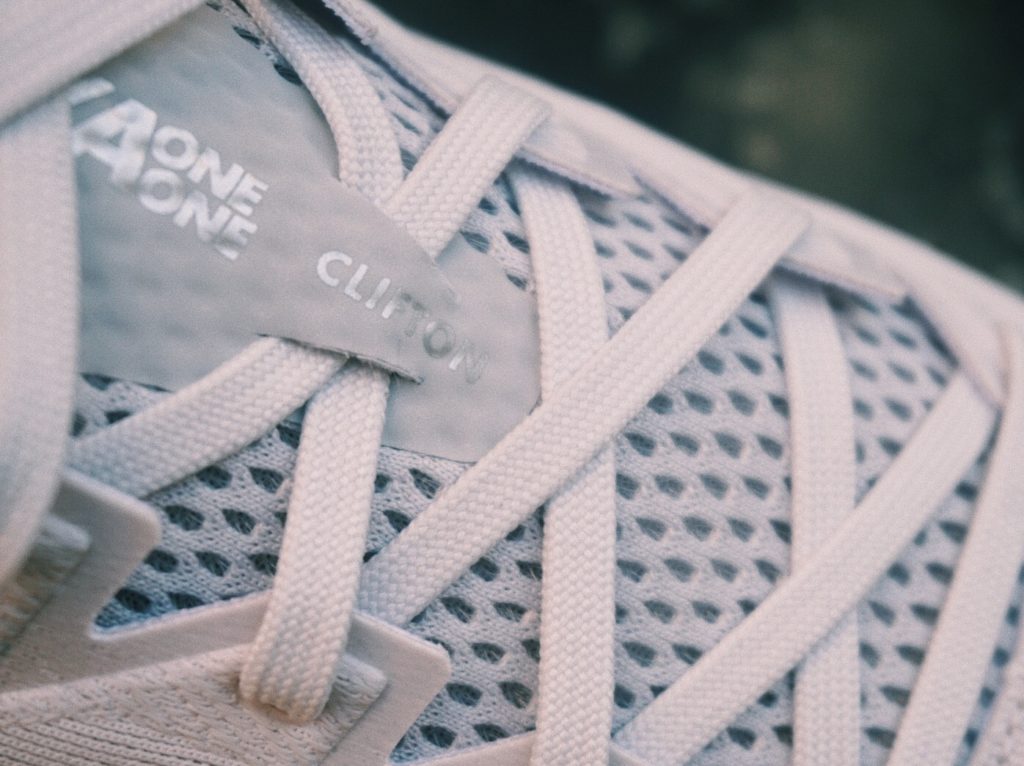
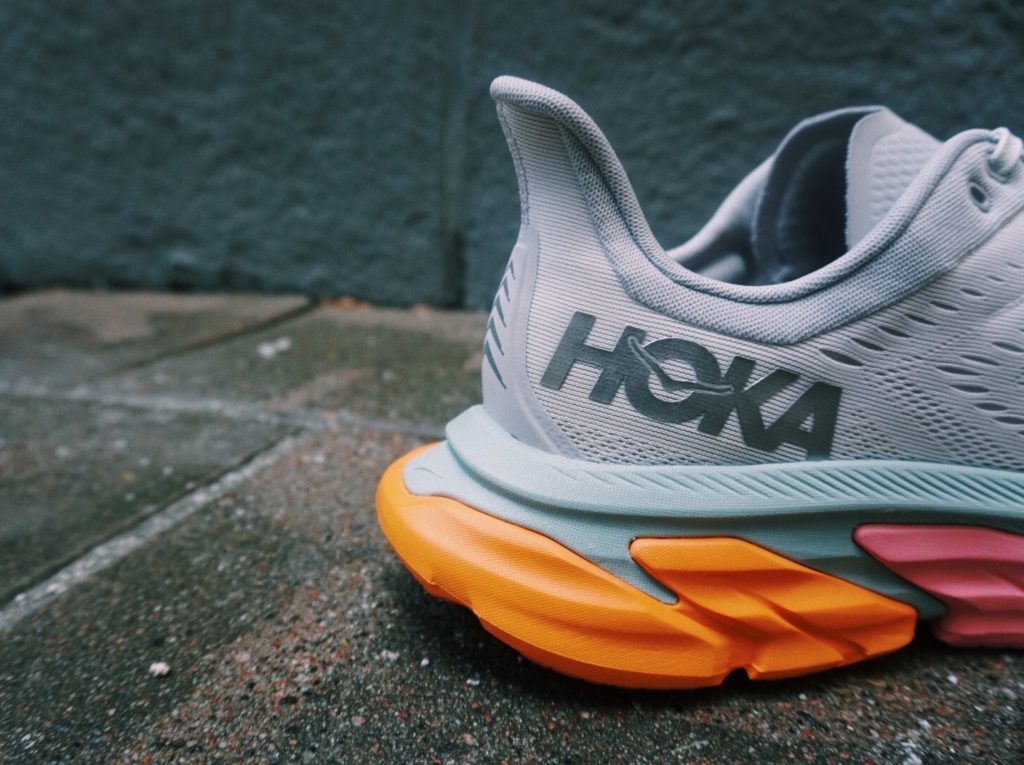
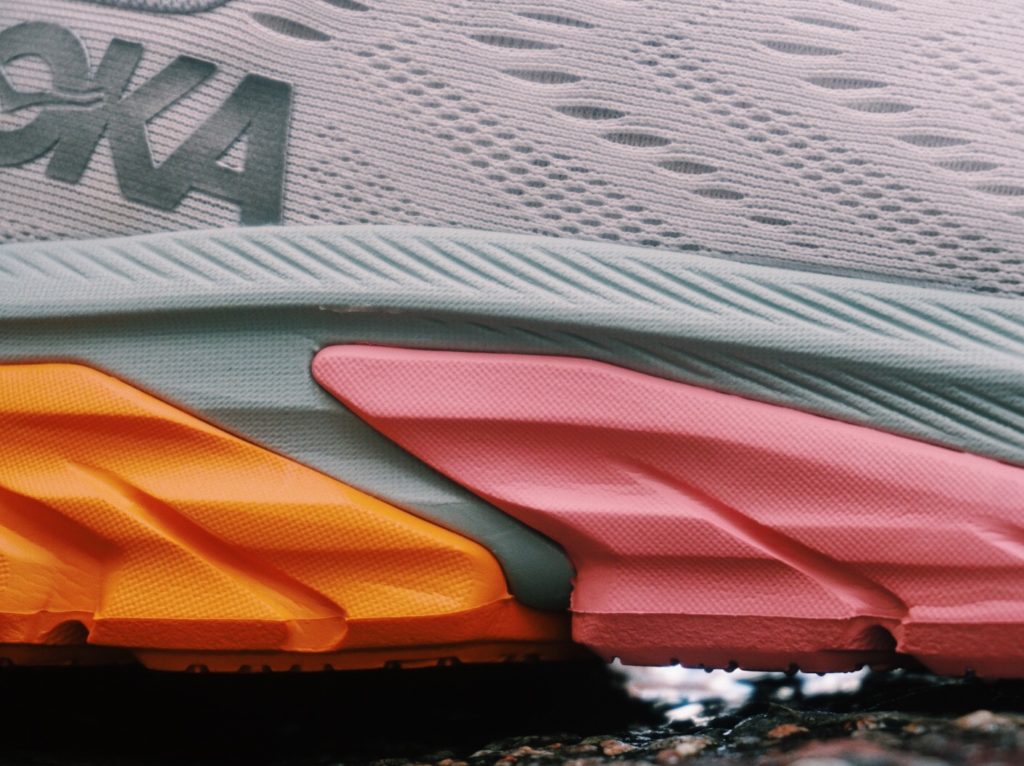
The midsole is engraved into an early stage Meta-Rocker shape which helps the runner to move the individual foot strike further forward in the shoe.
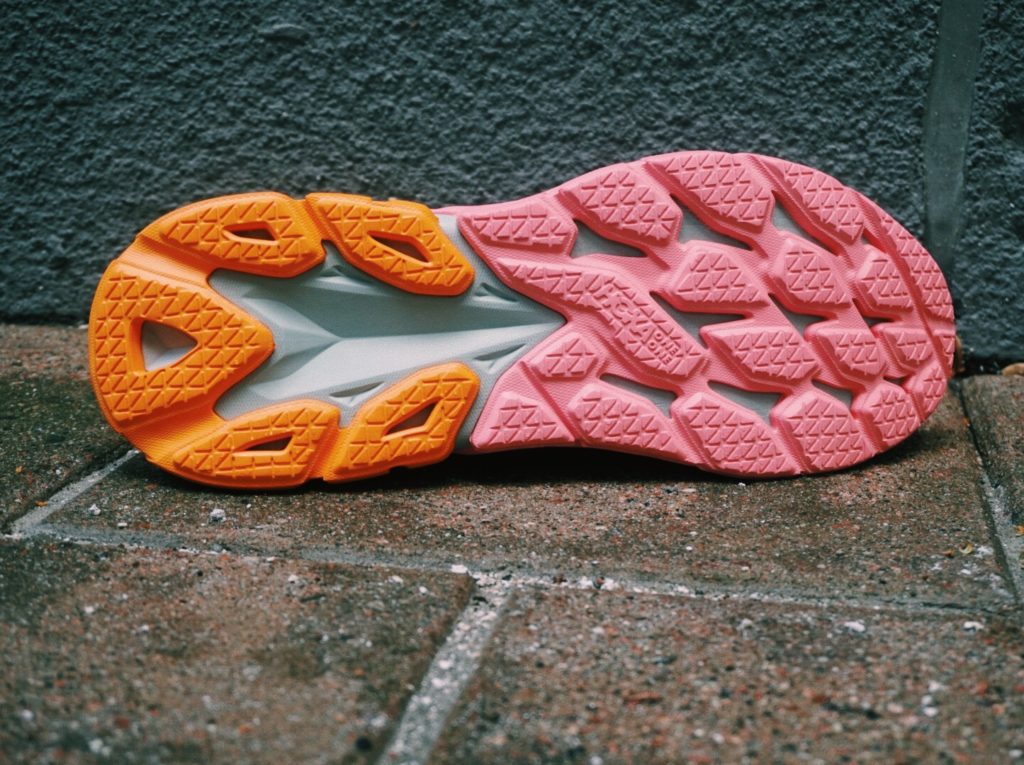
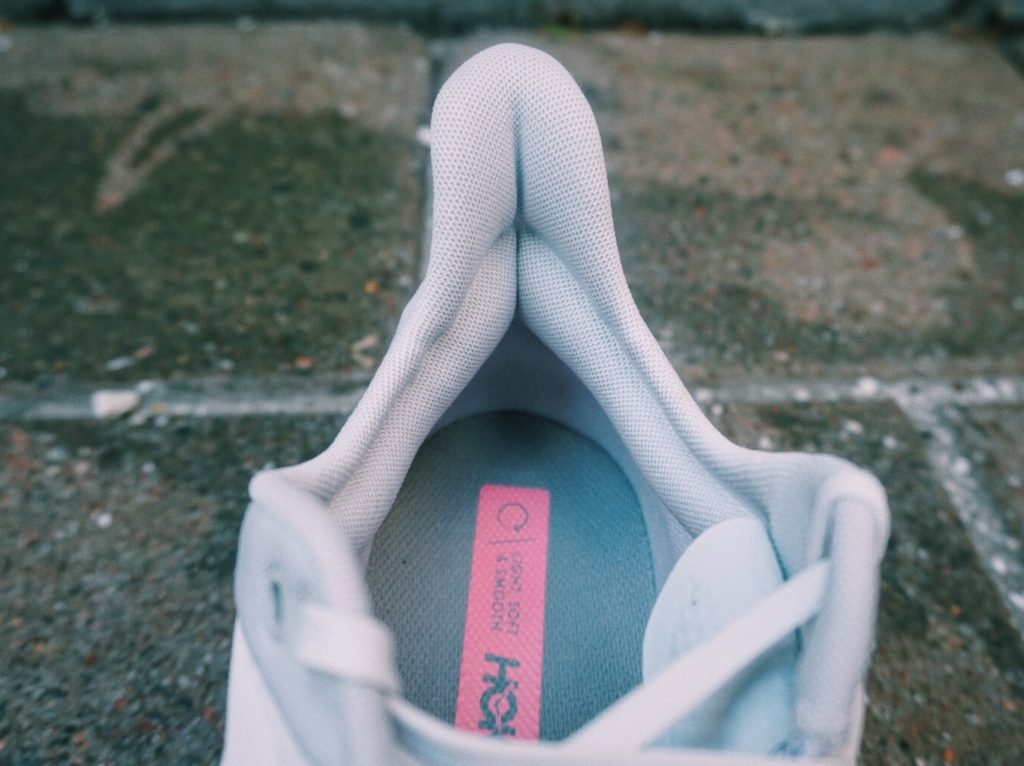
Like seen before with the latest Nike Vaporfly models, Hoka added a slight but really clever feature to this model. Some stability lining on the heel generates a super safe and relaxed feeling while snug around the heel bone. I had no issues with rubbing or heel slippage and generally enjoyed this feature as an add-on for more comfort.
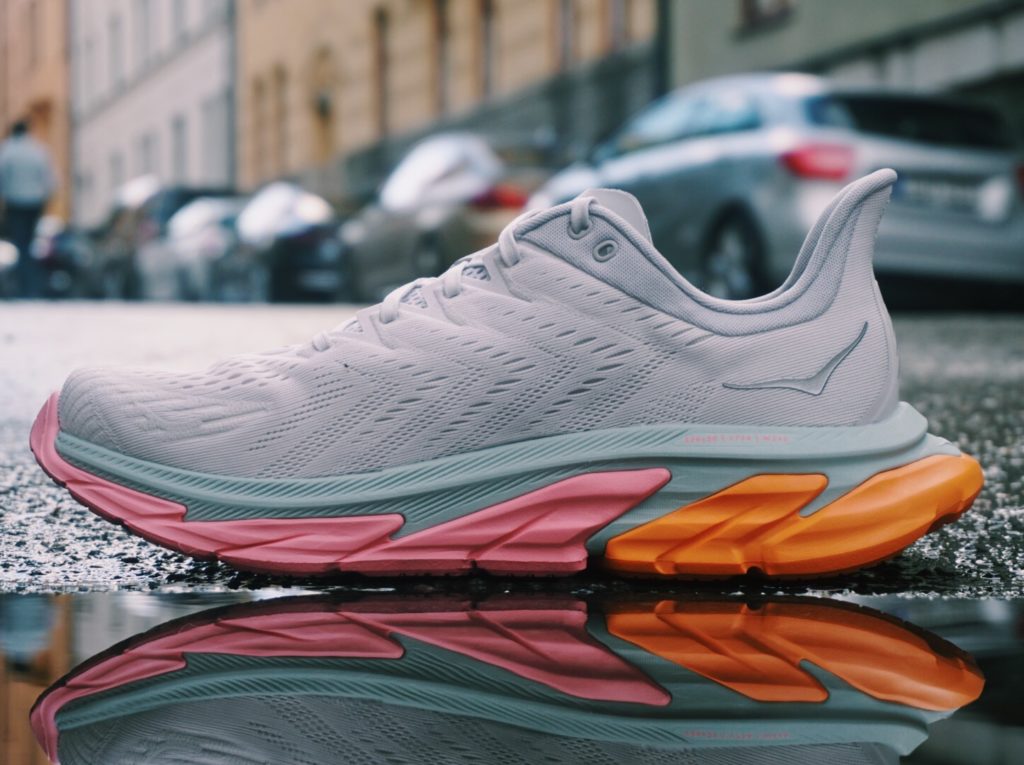
The heel to toe drop comes in with 5.00mm.
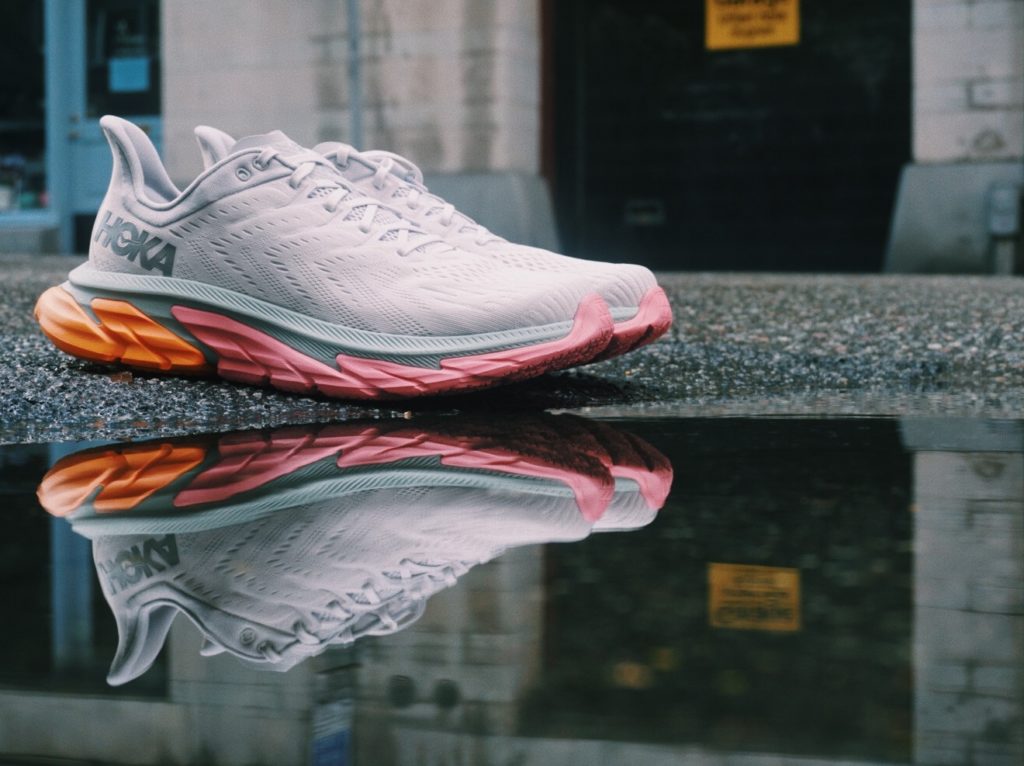
As always there are numerous feelings about the design. As long as Hoka shoe exists, there will be. But one thing is for sure, Hoka drives modernization and is not afraid to push limitations. The Clifton Edge just shows precisely this and sums it up with three characteristics printed on the insole of the shoe: light, soft and smooth!
Tune of the day: Special Request – No Other way To Say It X Four Tet – New Energy
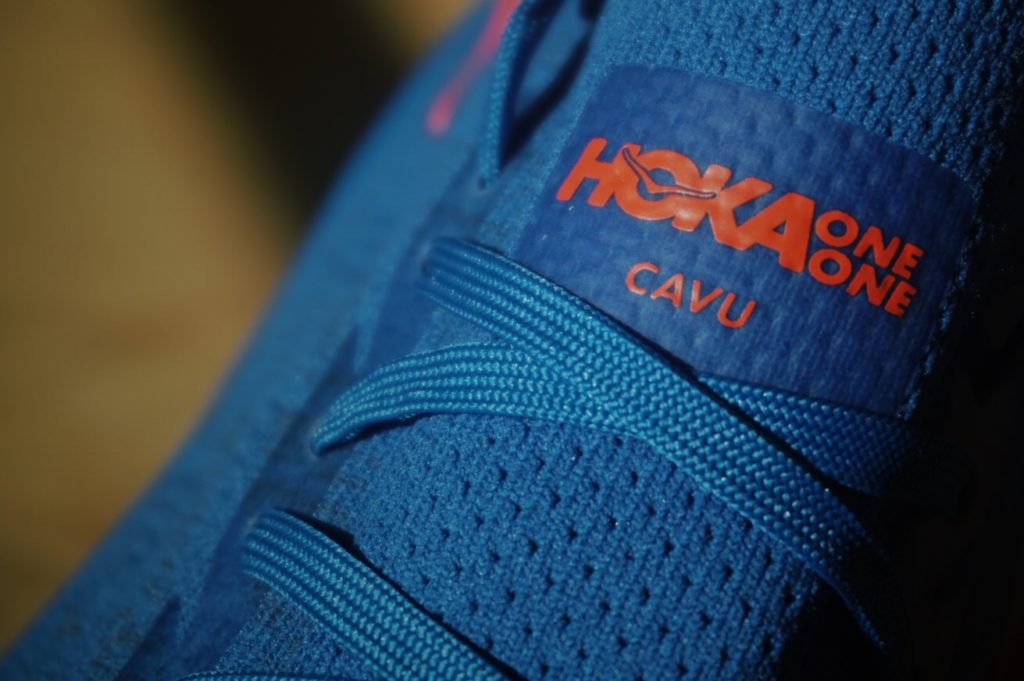
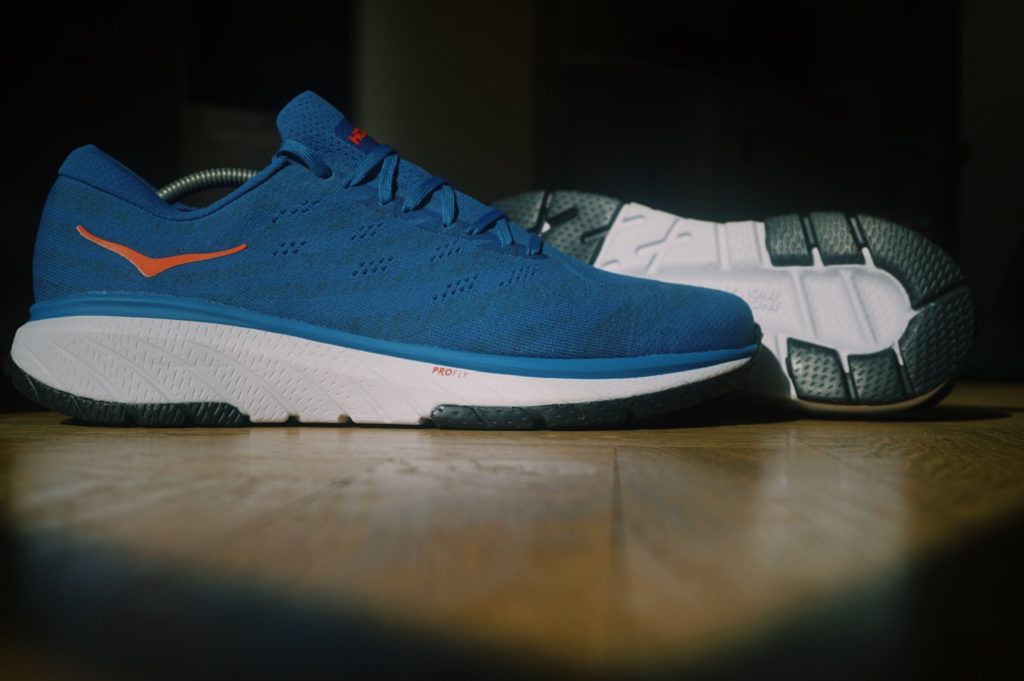
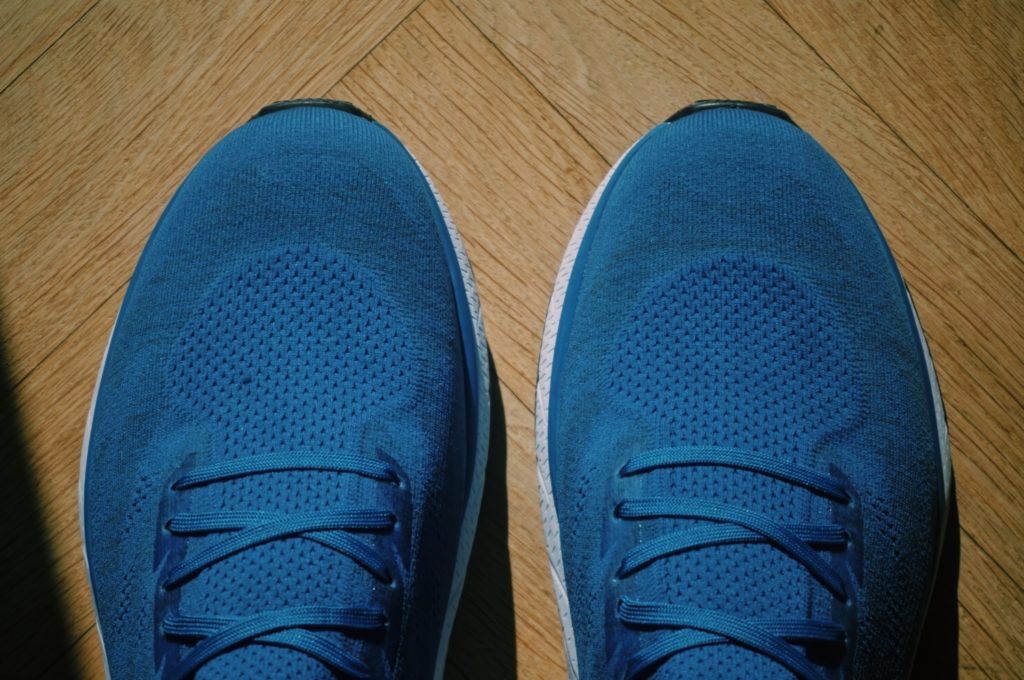
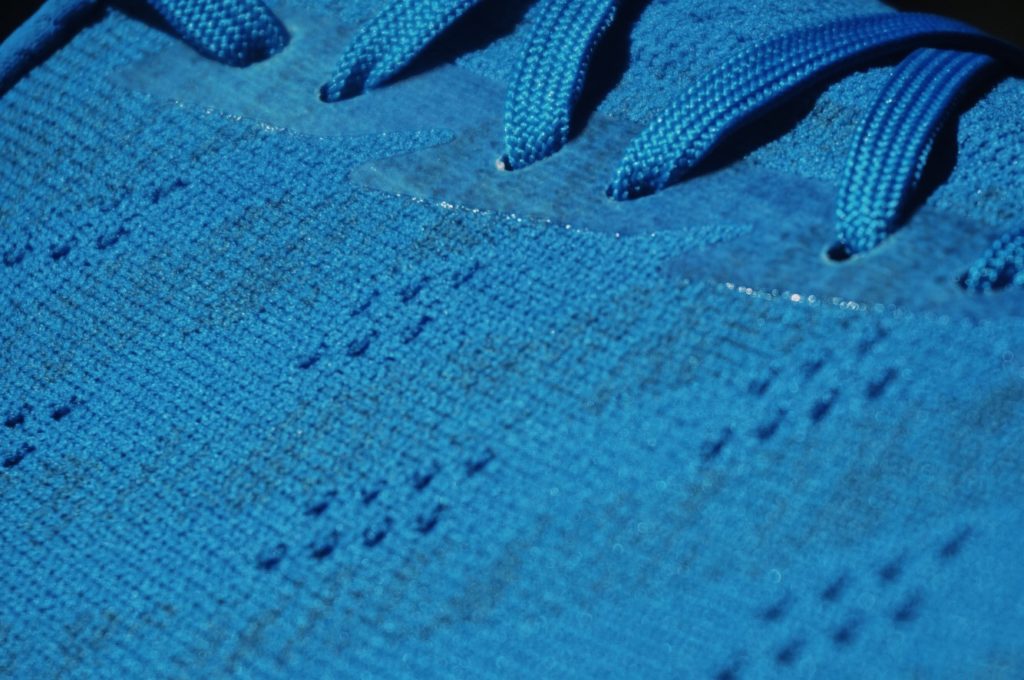
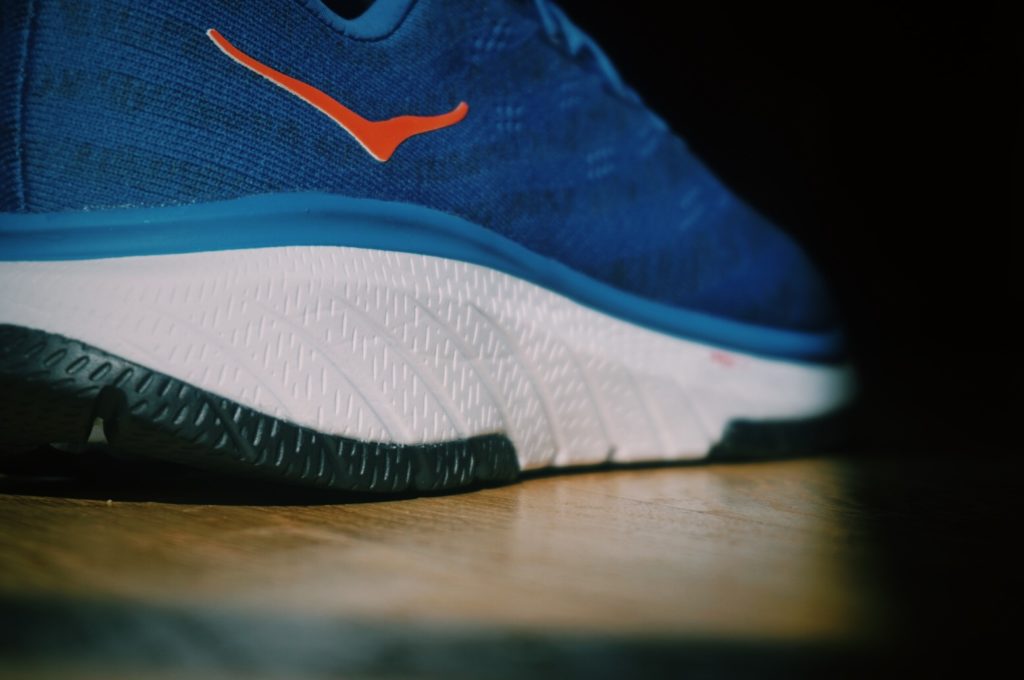
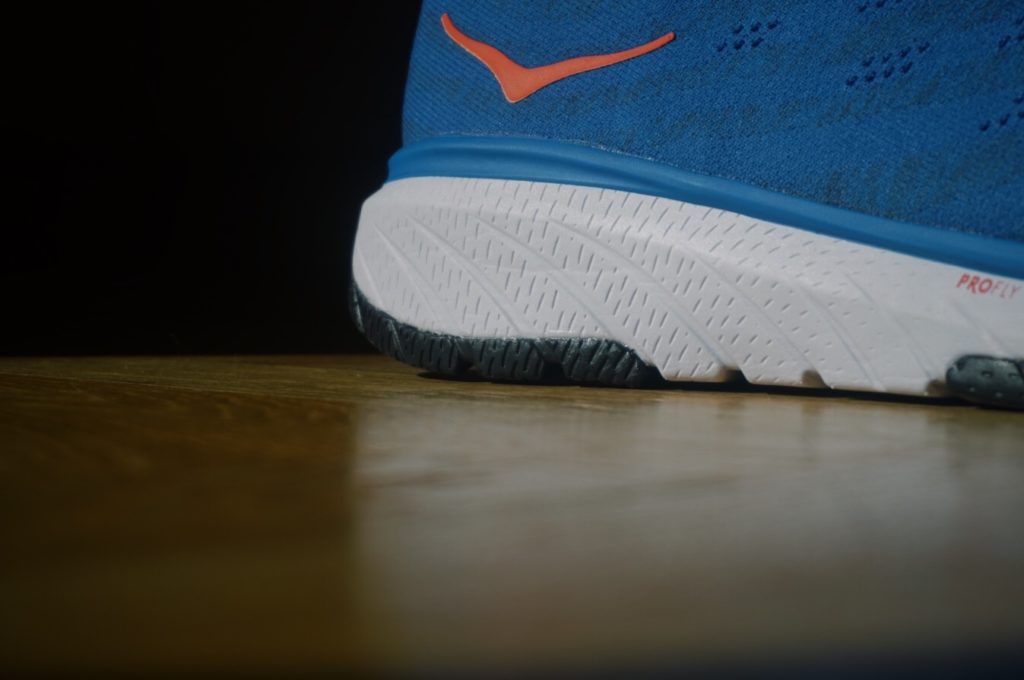
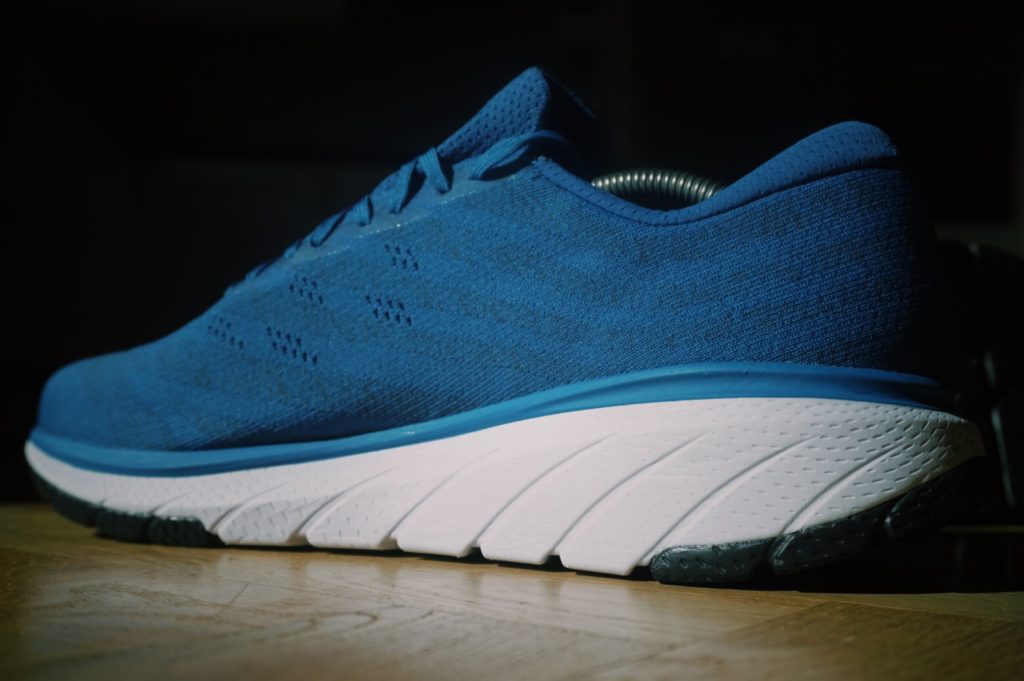
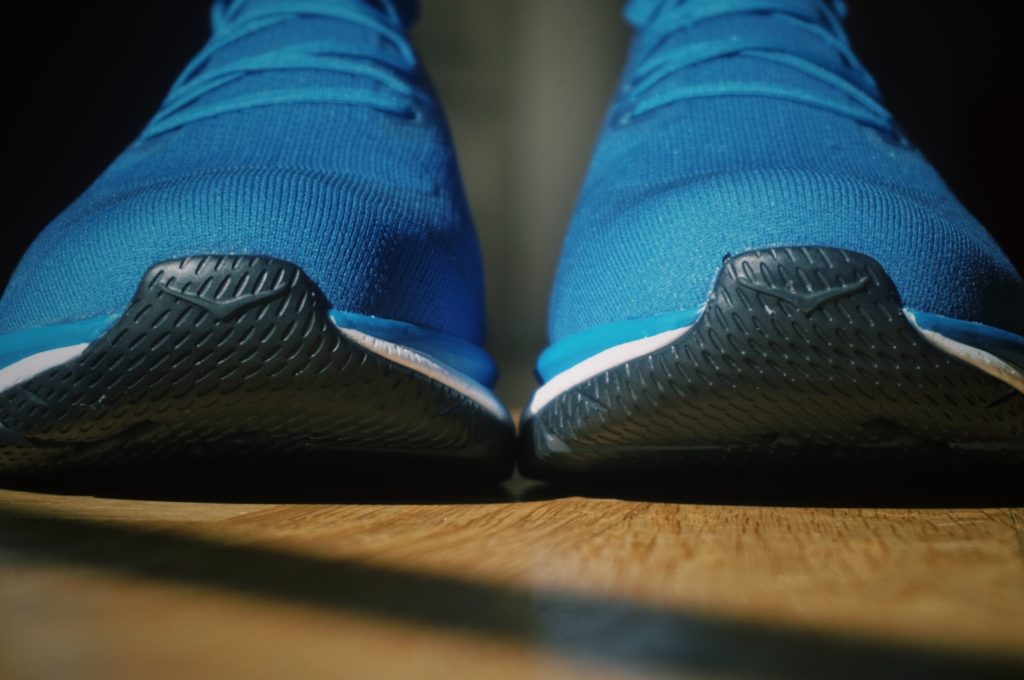
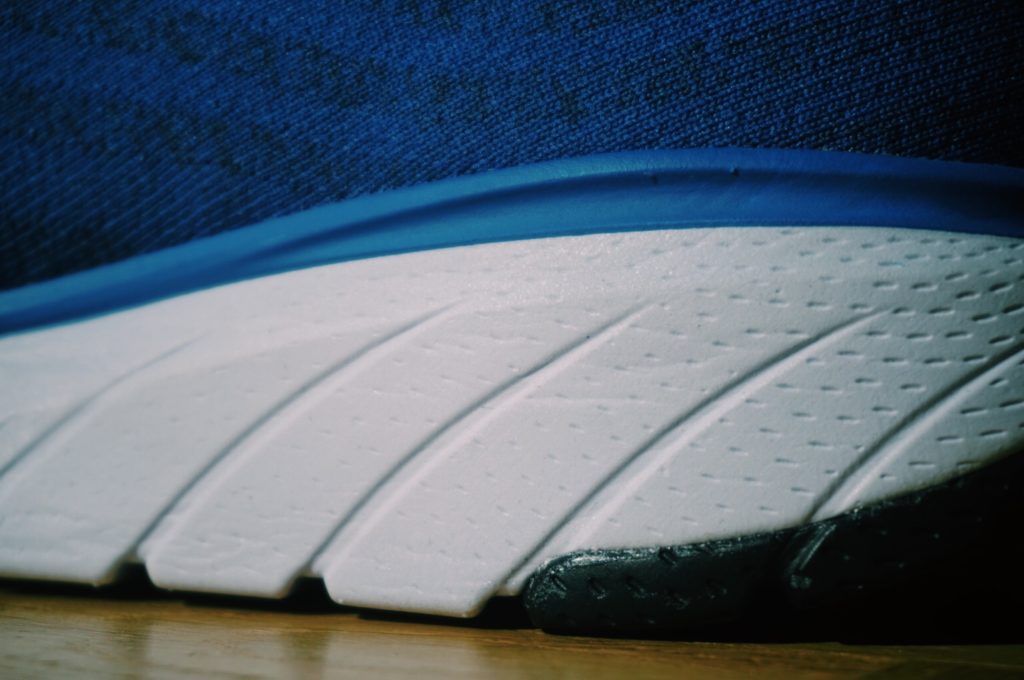
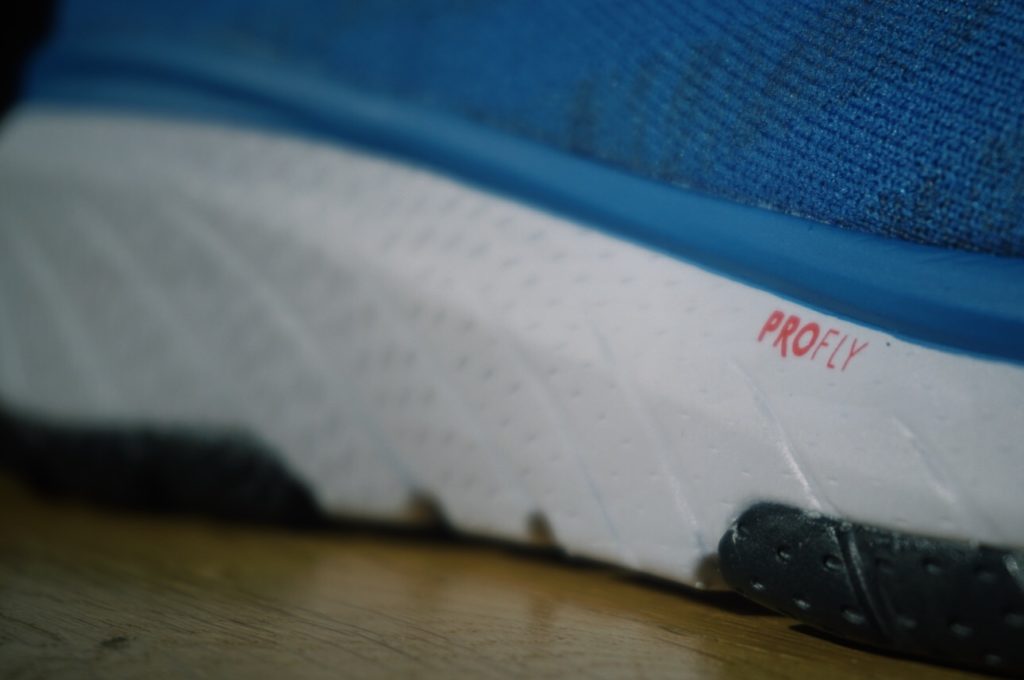
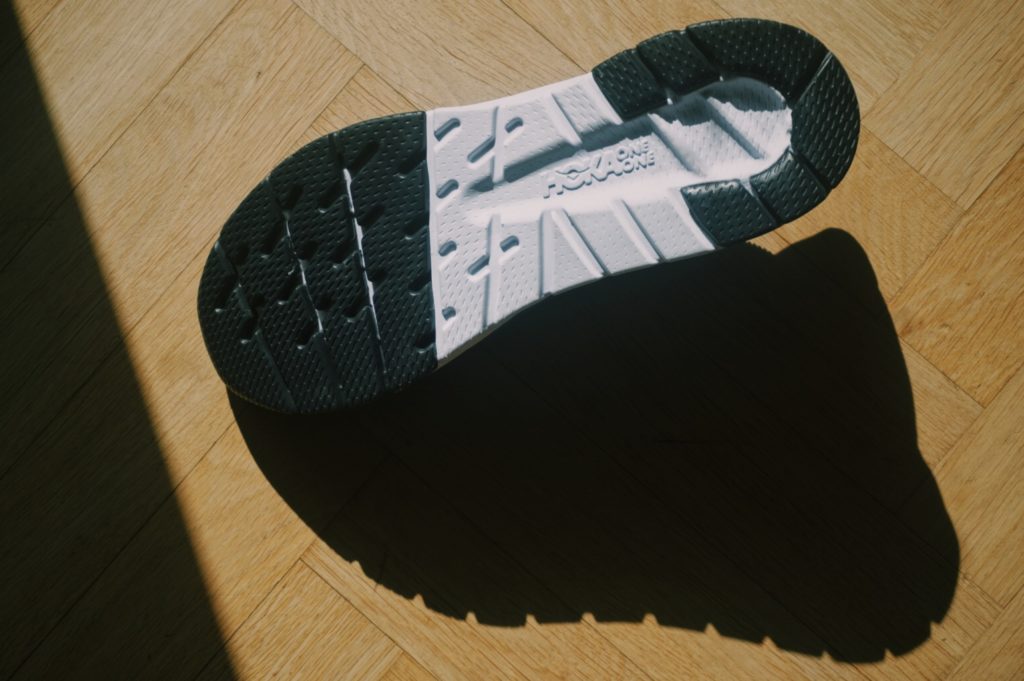
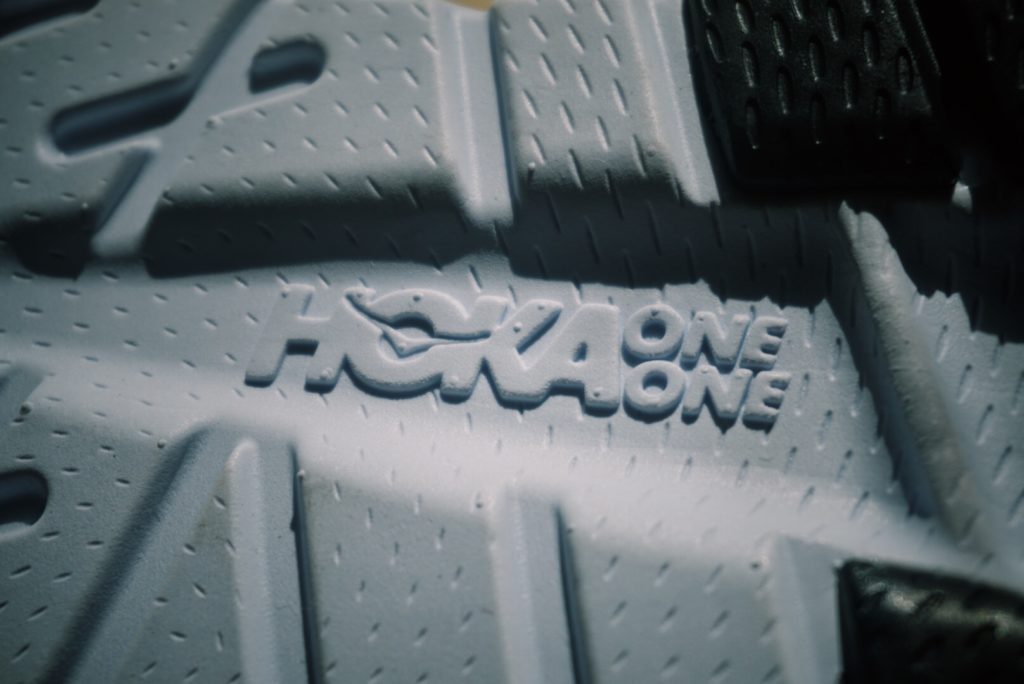
Tune of the day:
Alfa Mist & Emmavie – Epoch (Full Album) X DJ Seinfeld – U
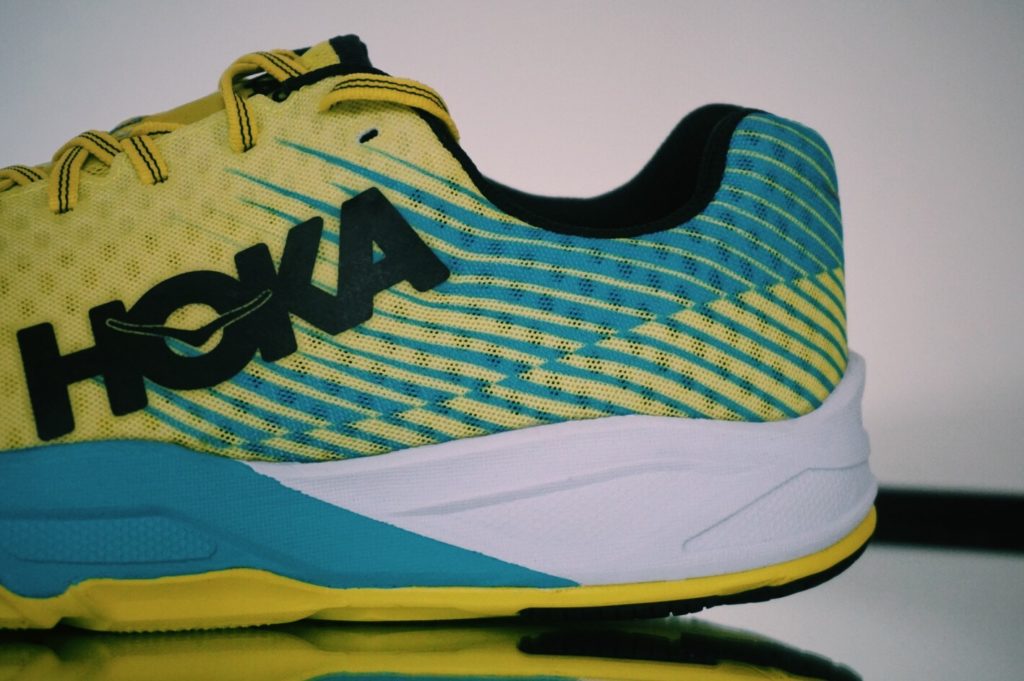
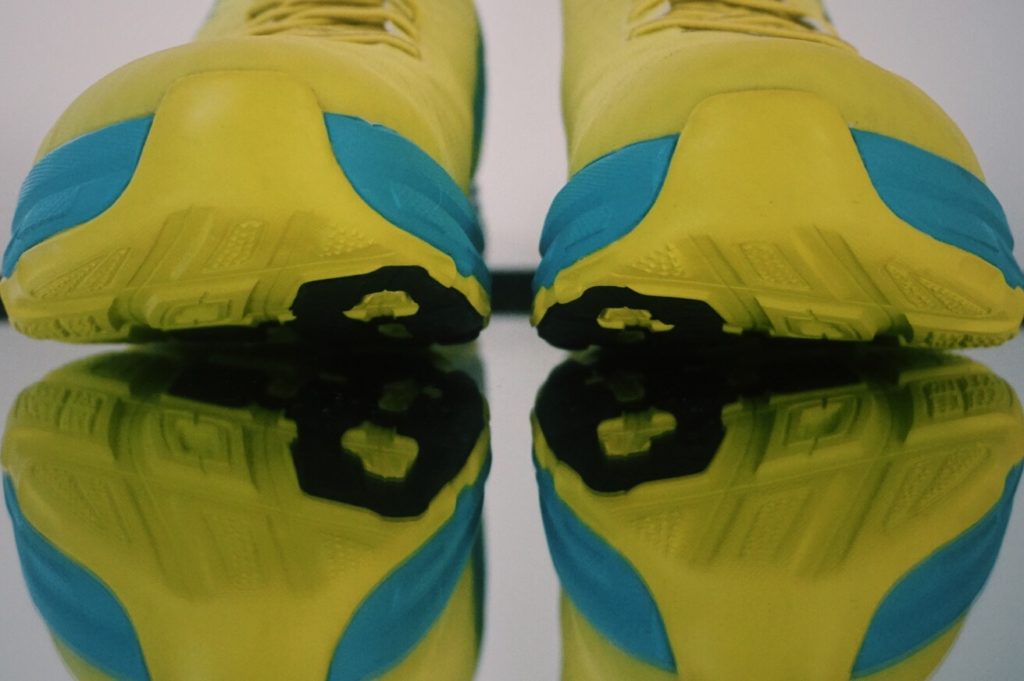
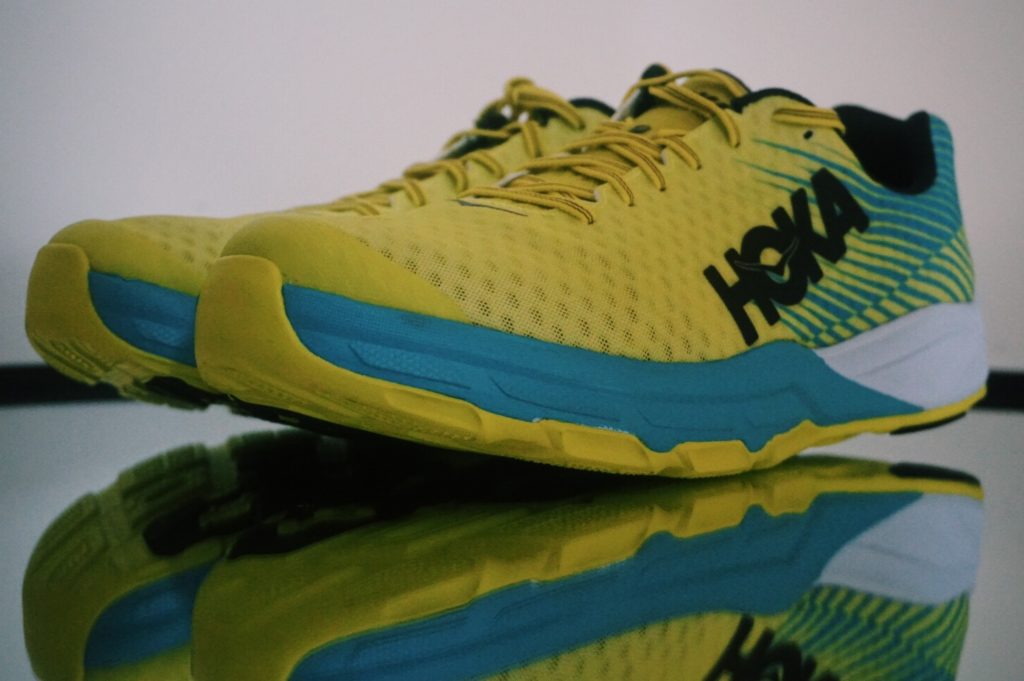
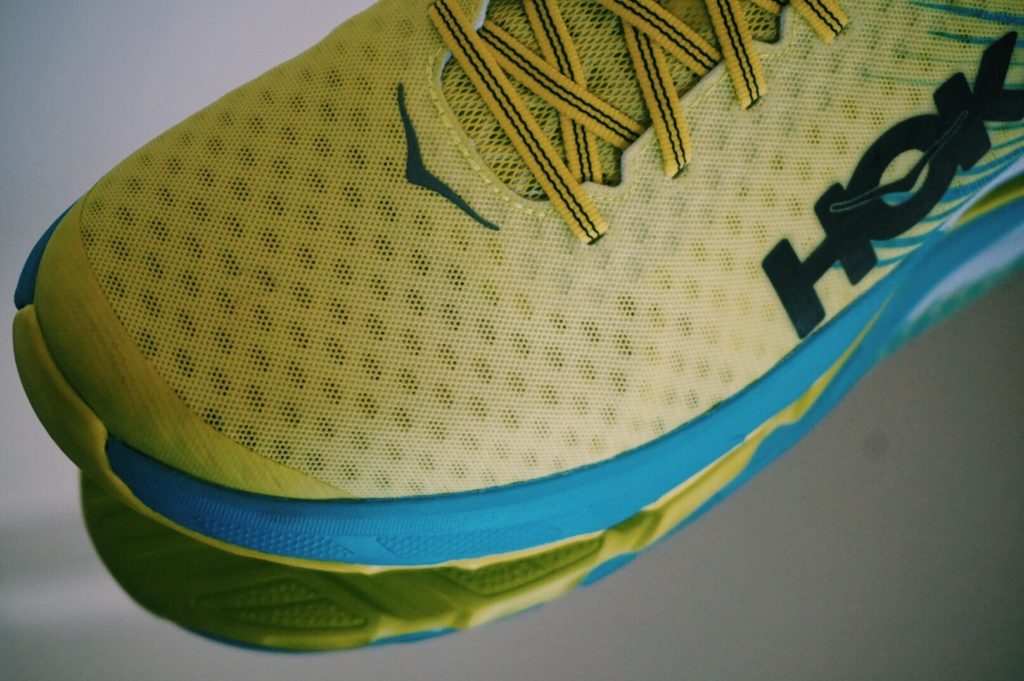
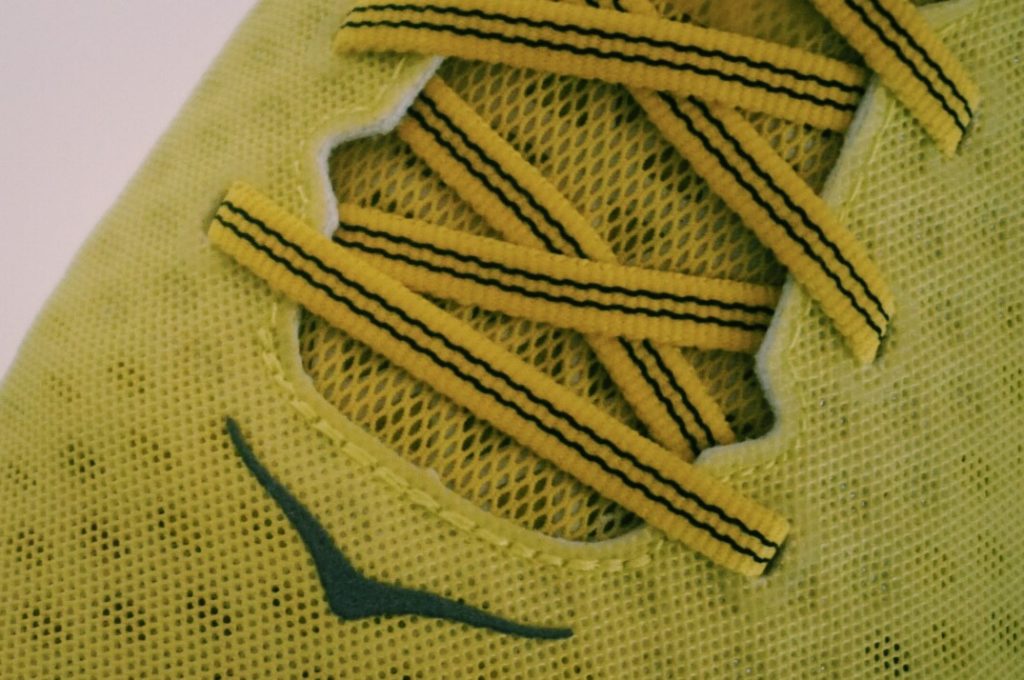
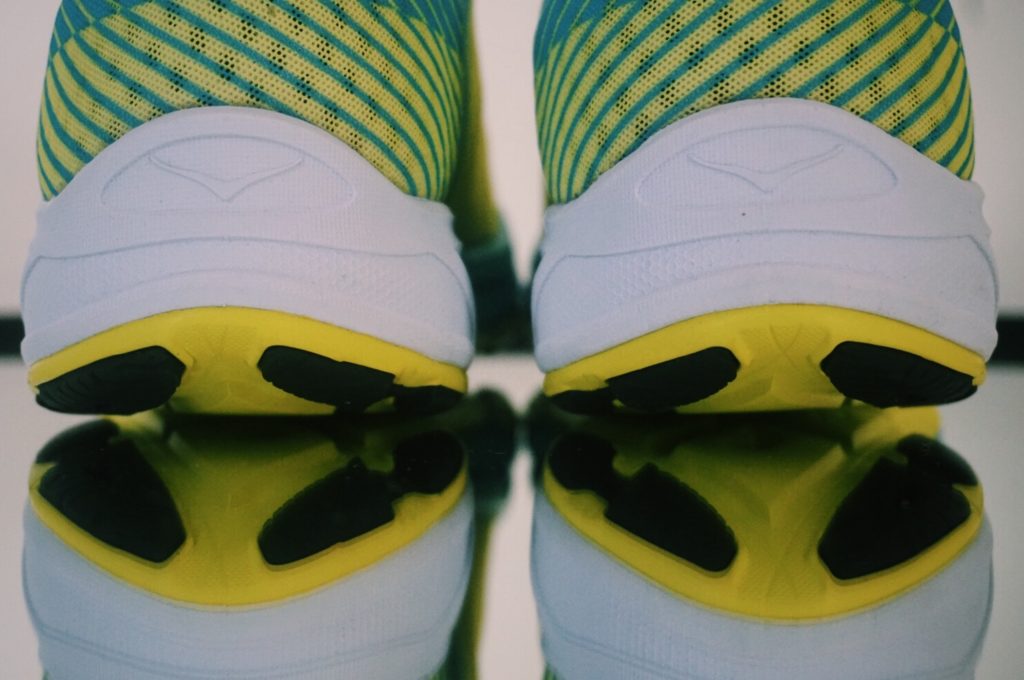
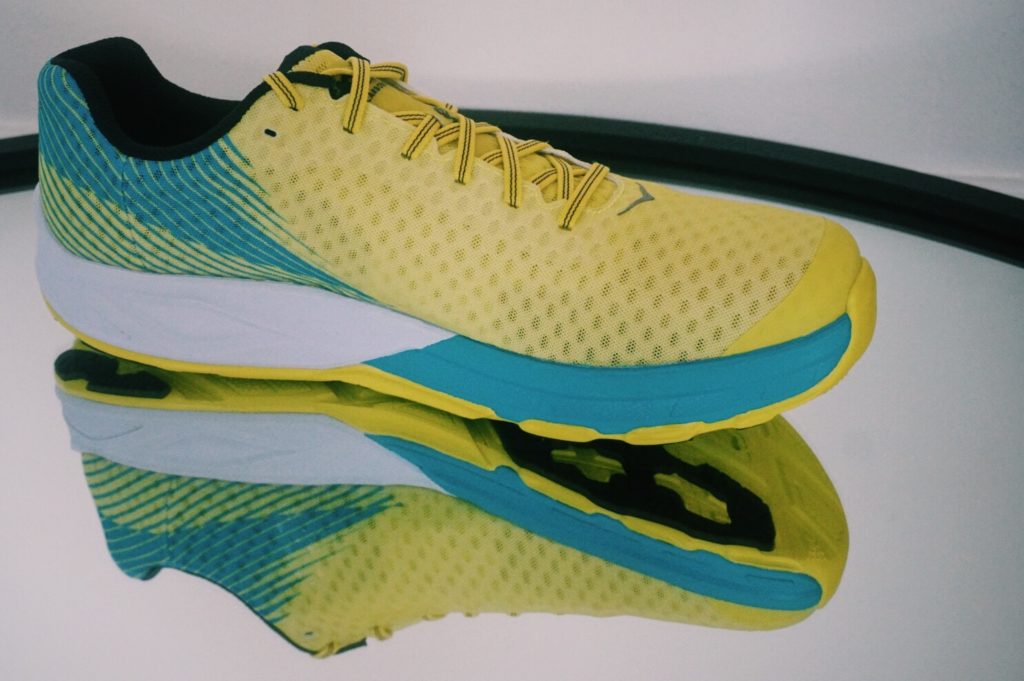
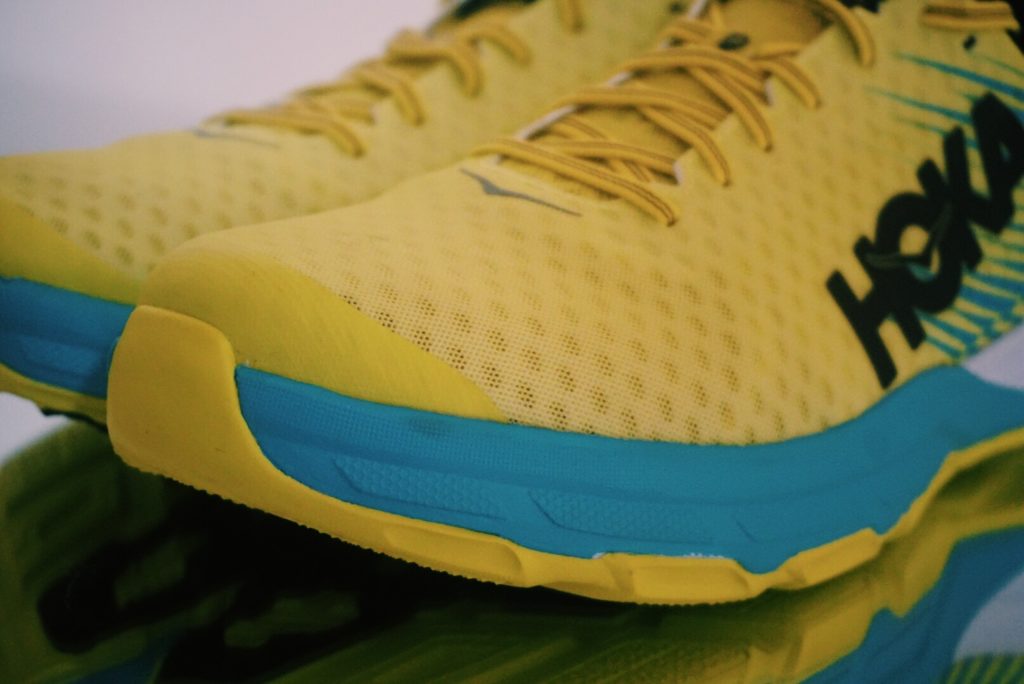
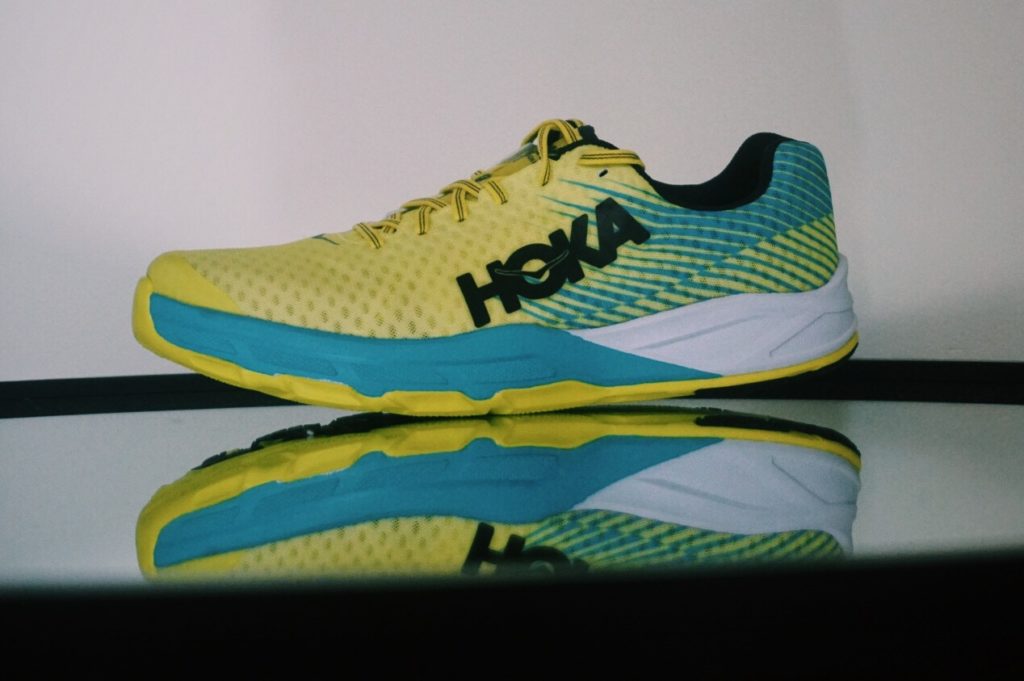
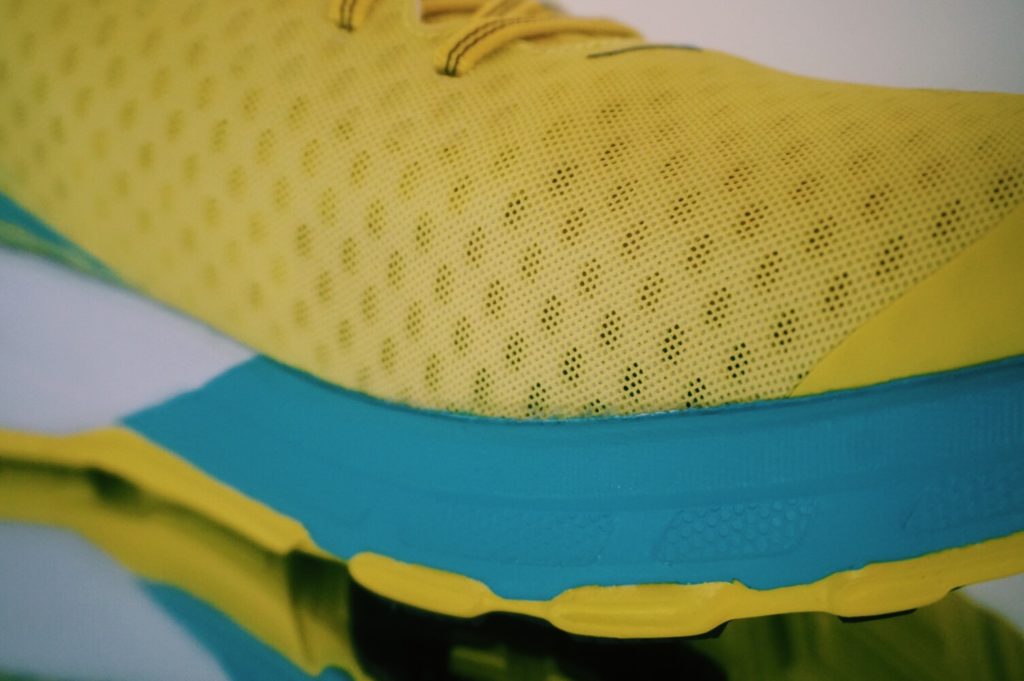
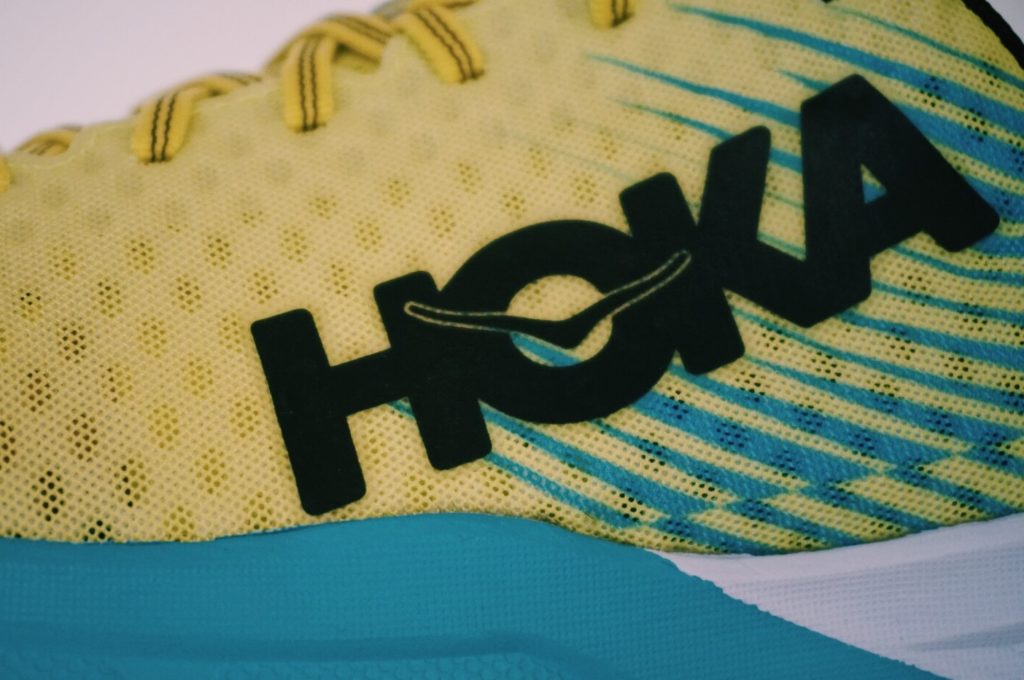
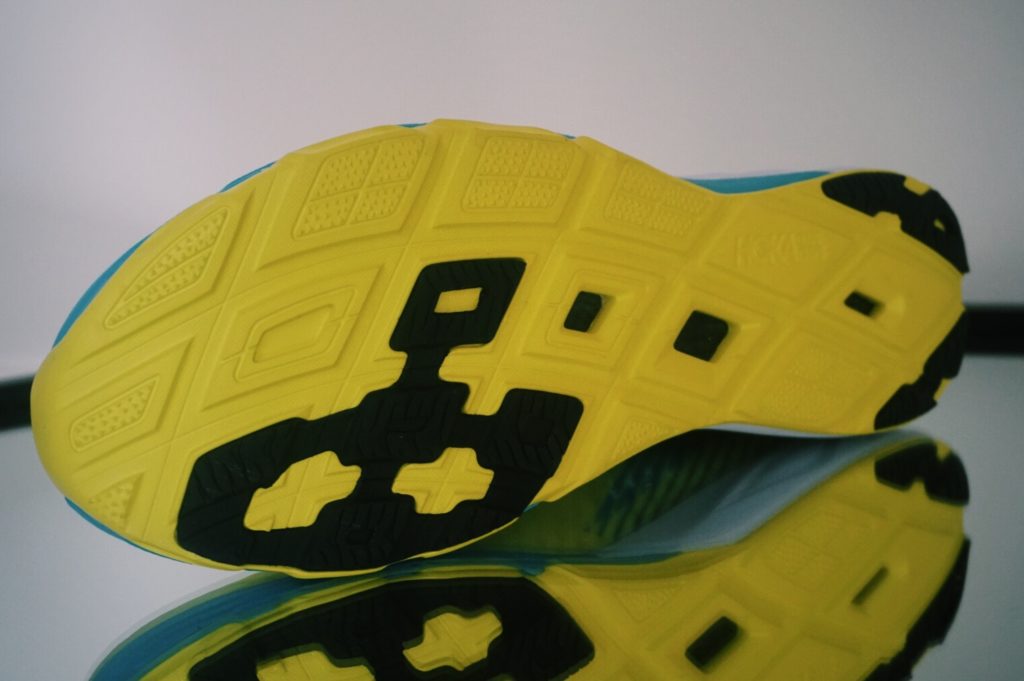
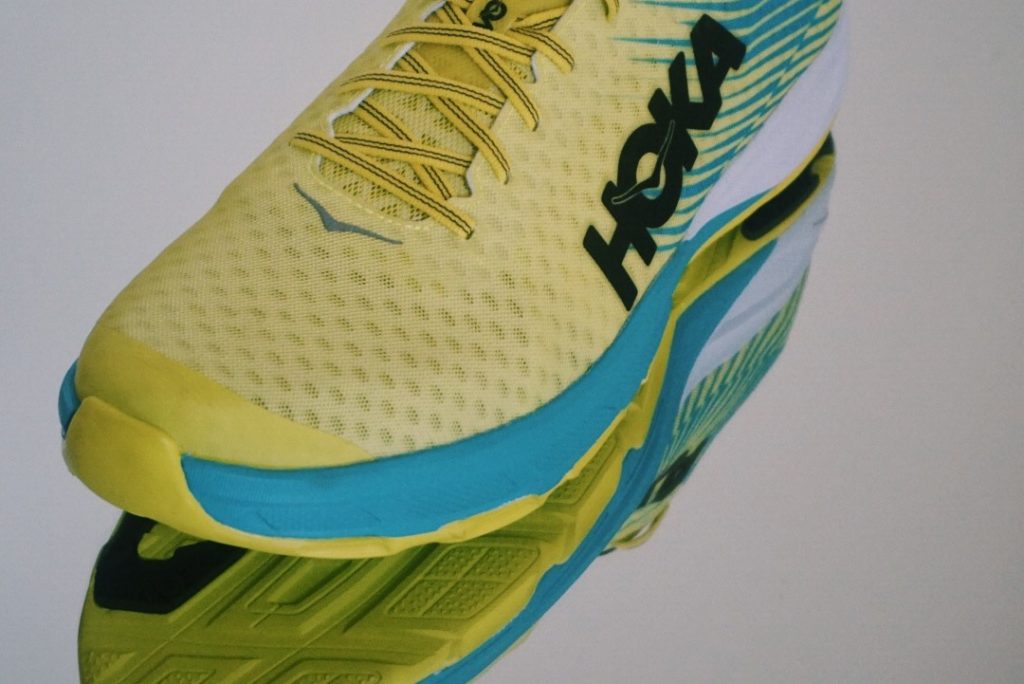
Tune of the day: MJ Cole – Serotonin X Tuamie – Flamingo Pink X Fierce and Cause 4 Concern – Carrier

